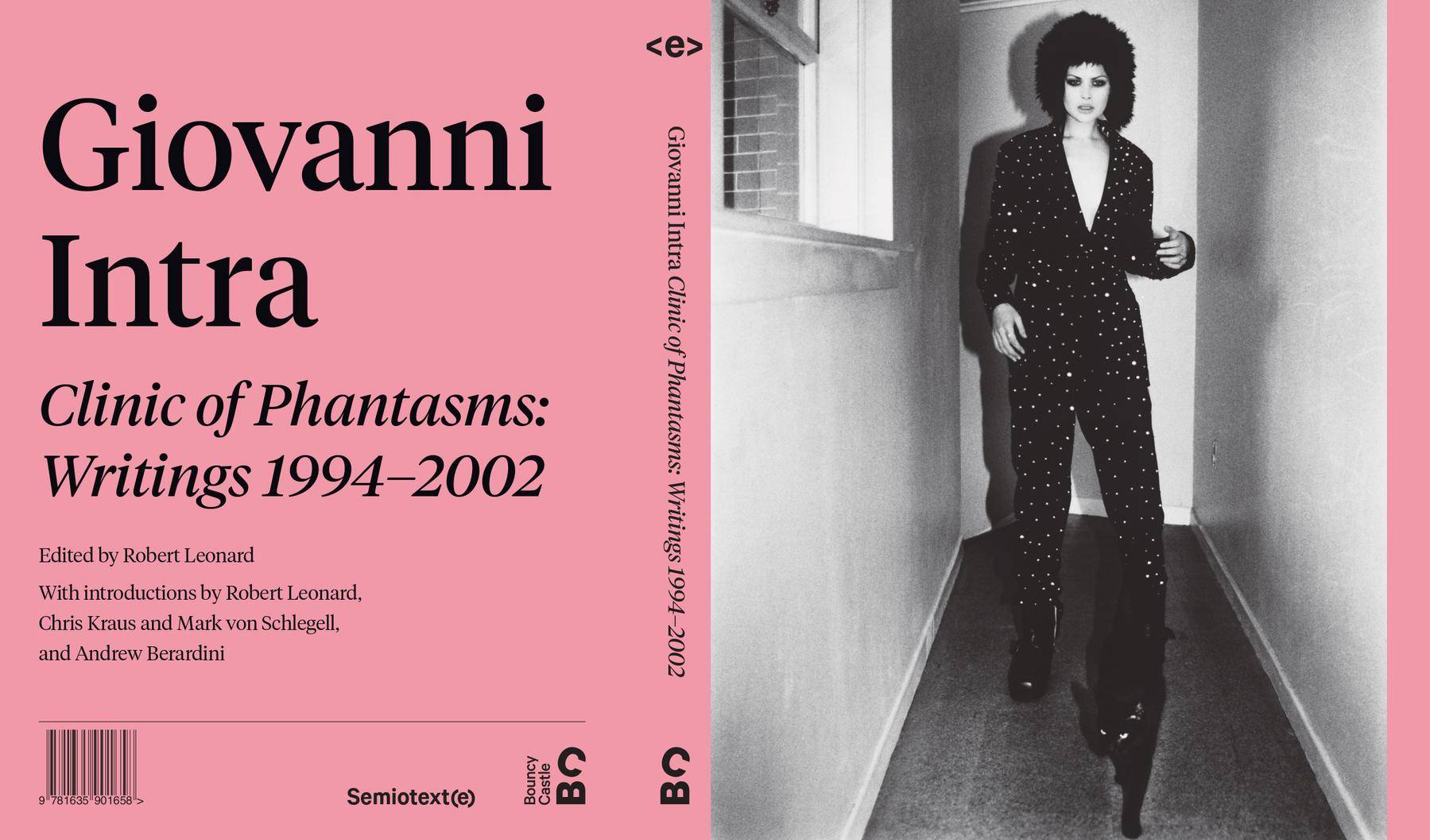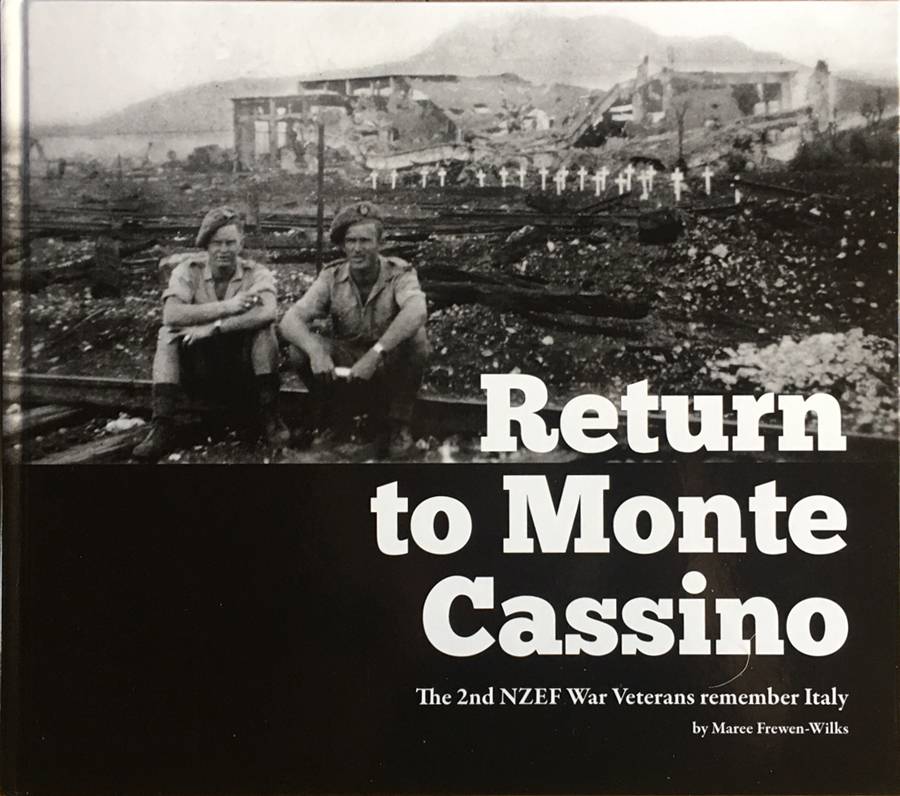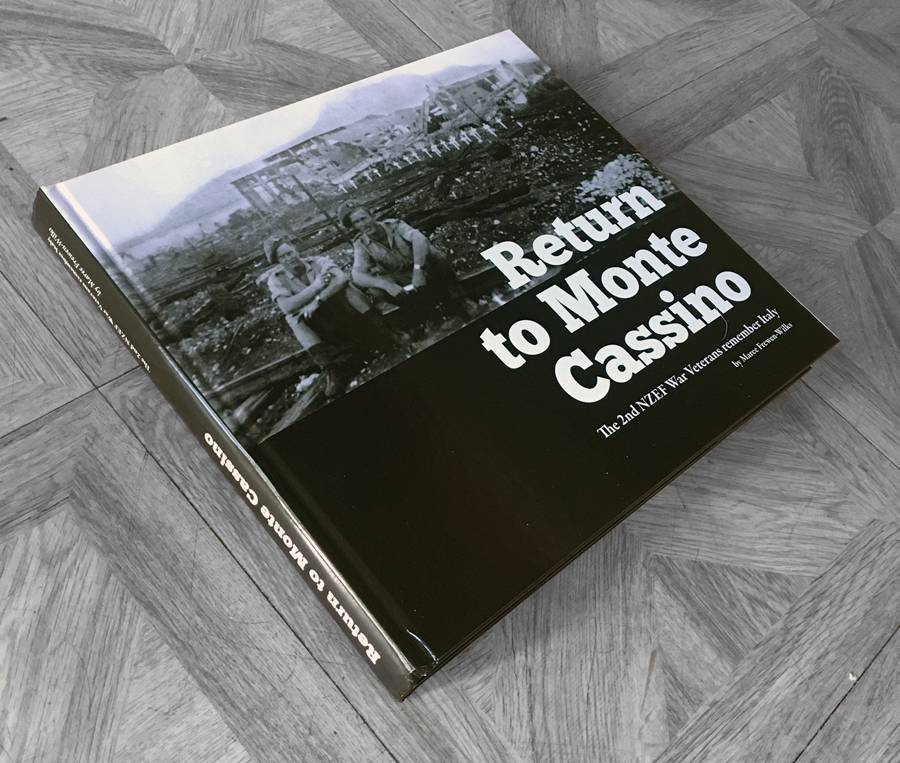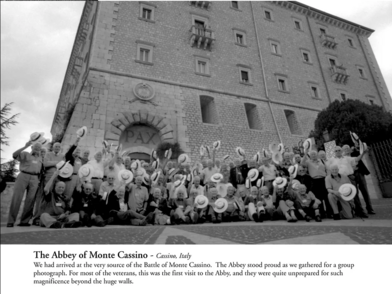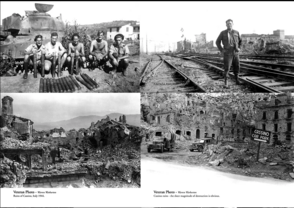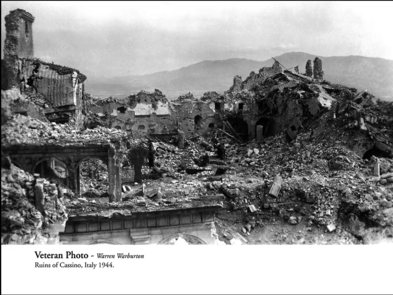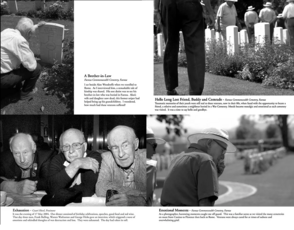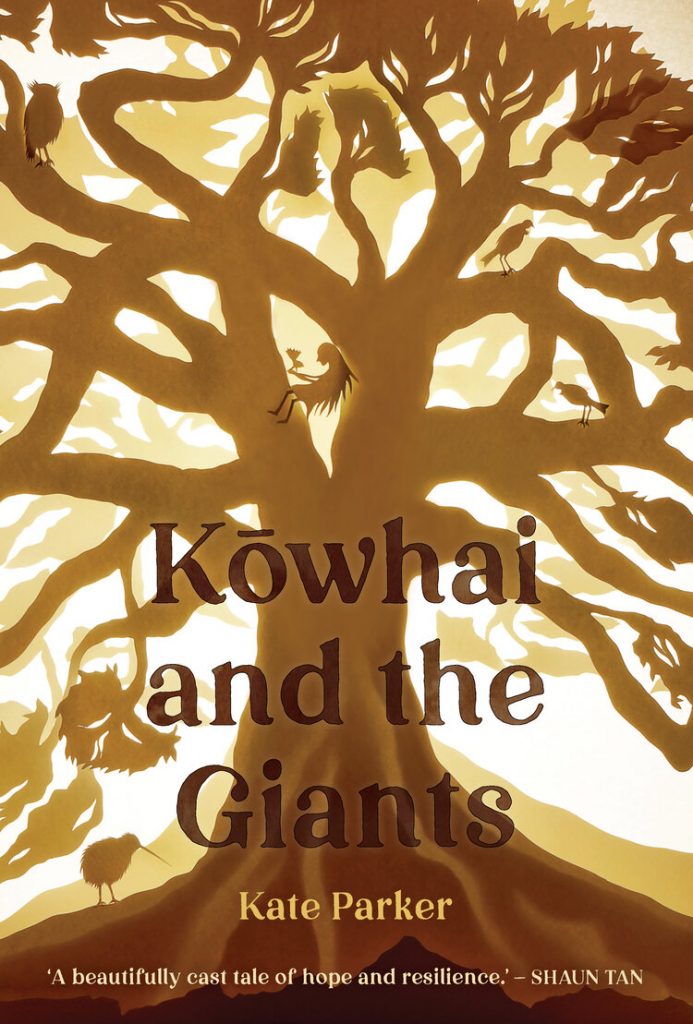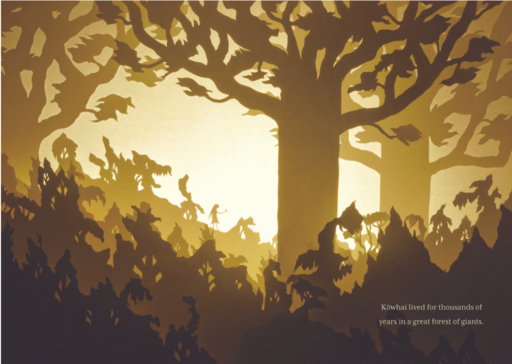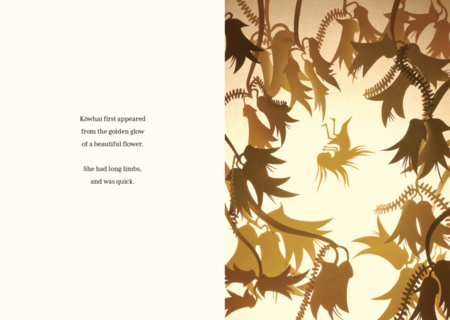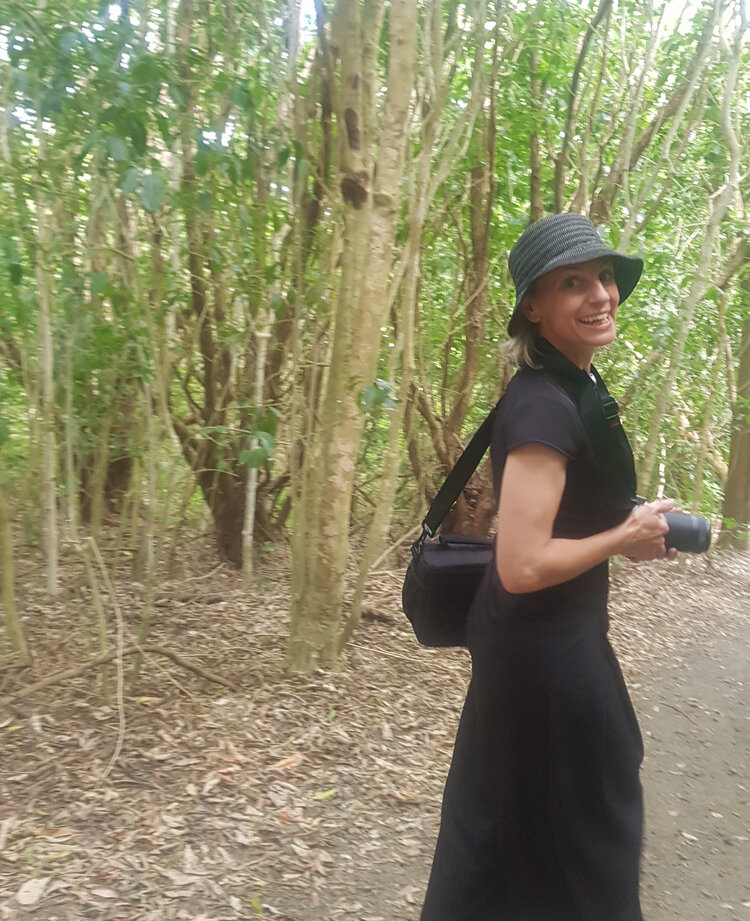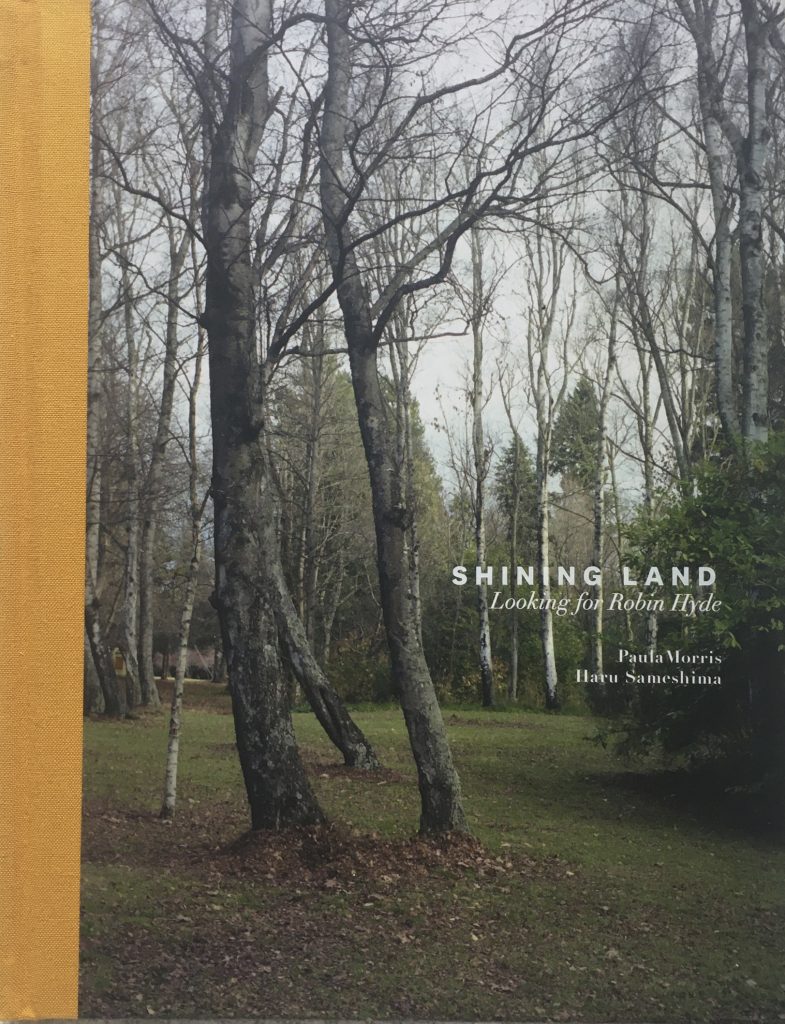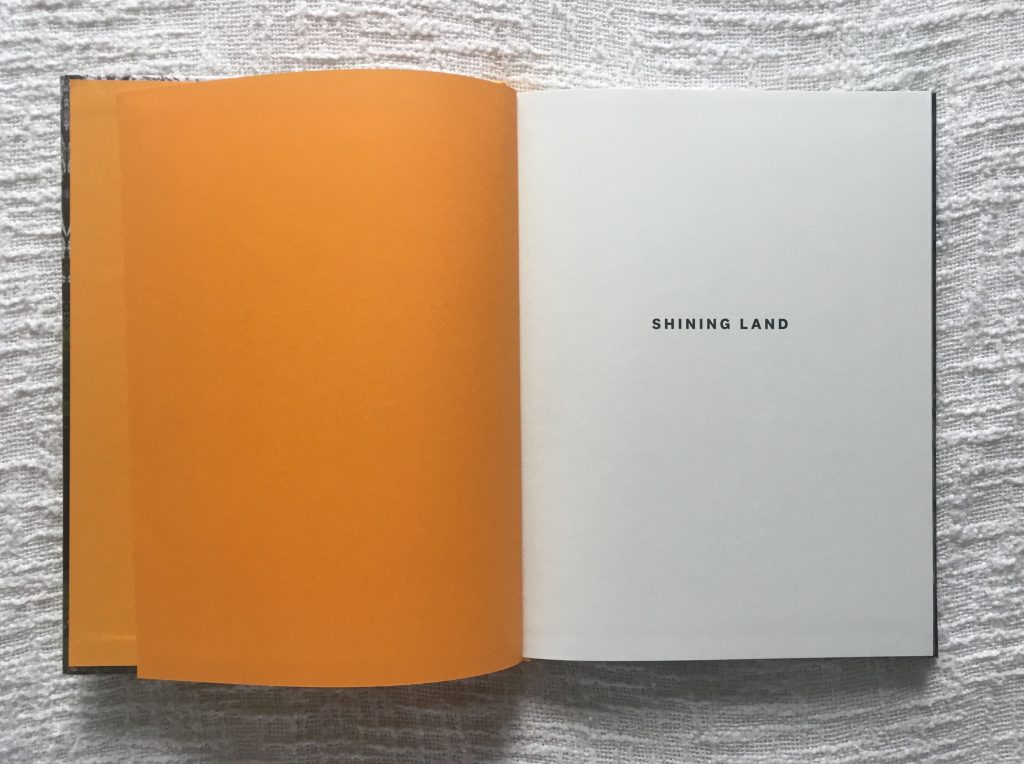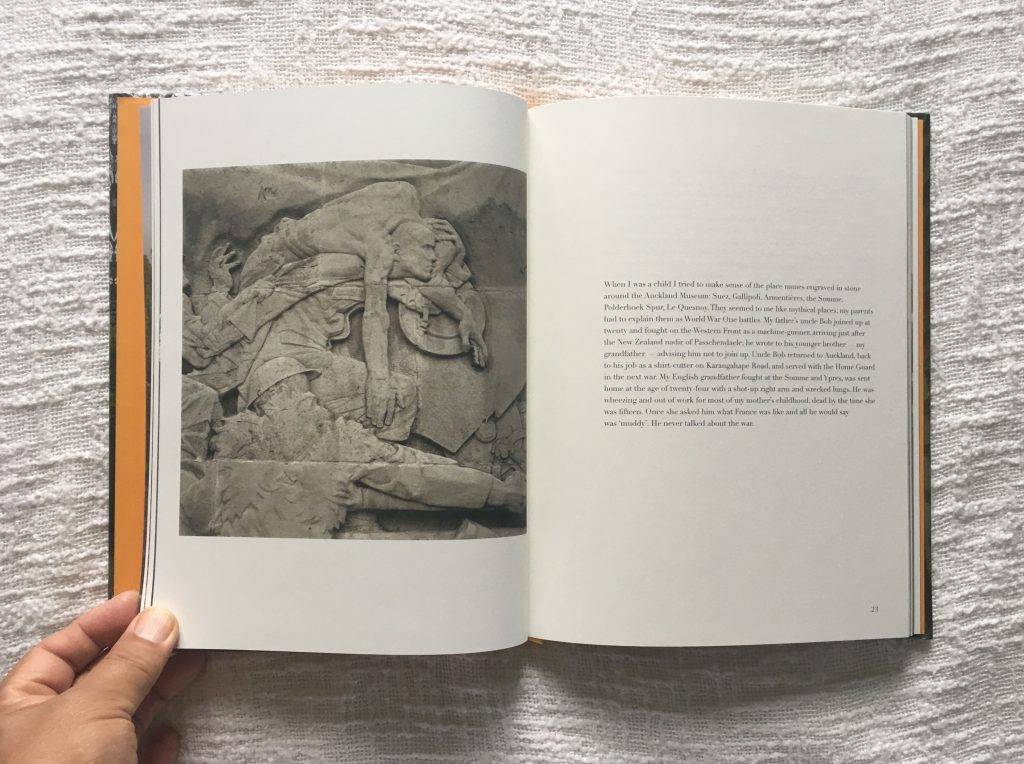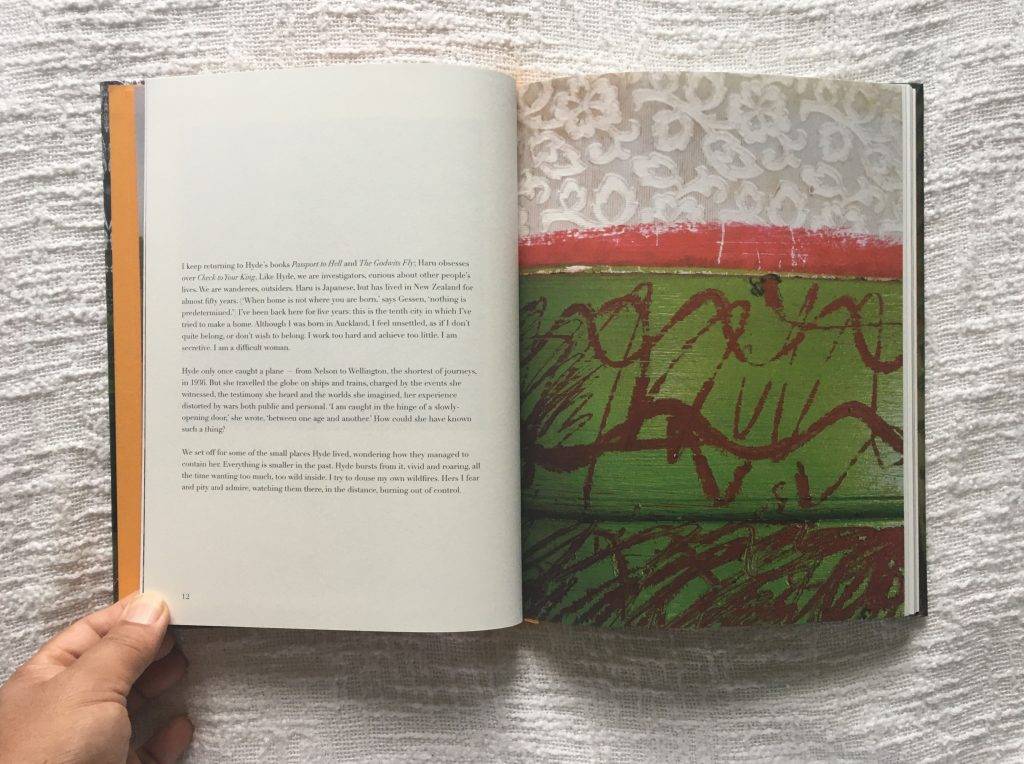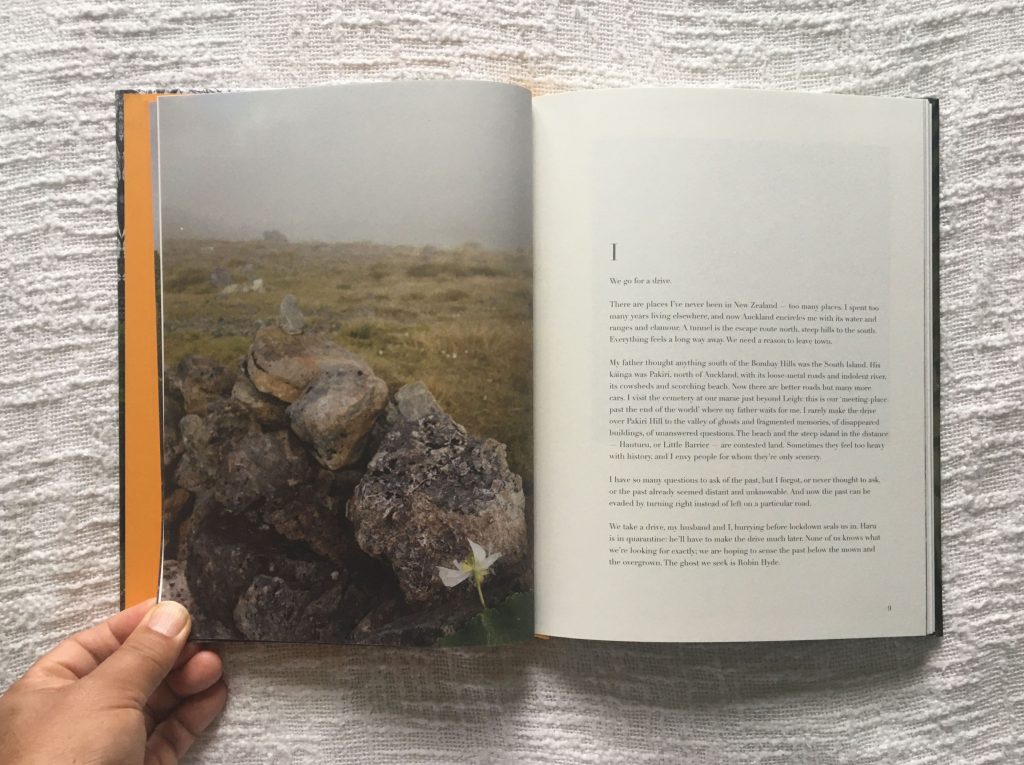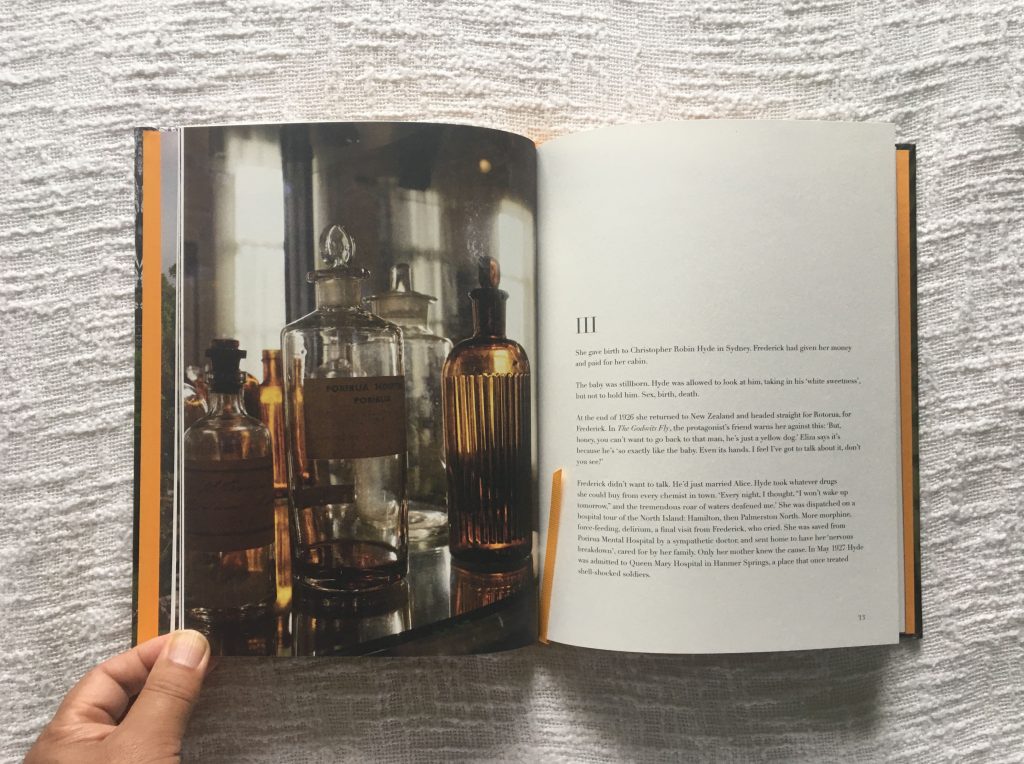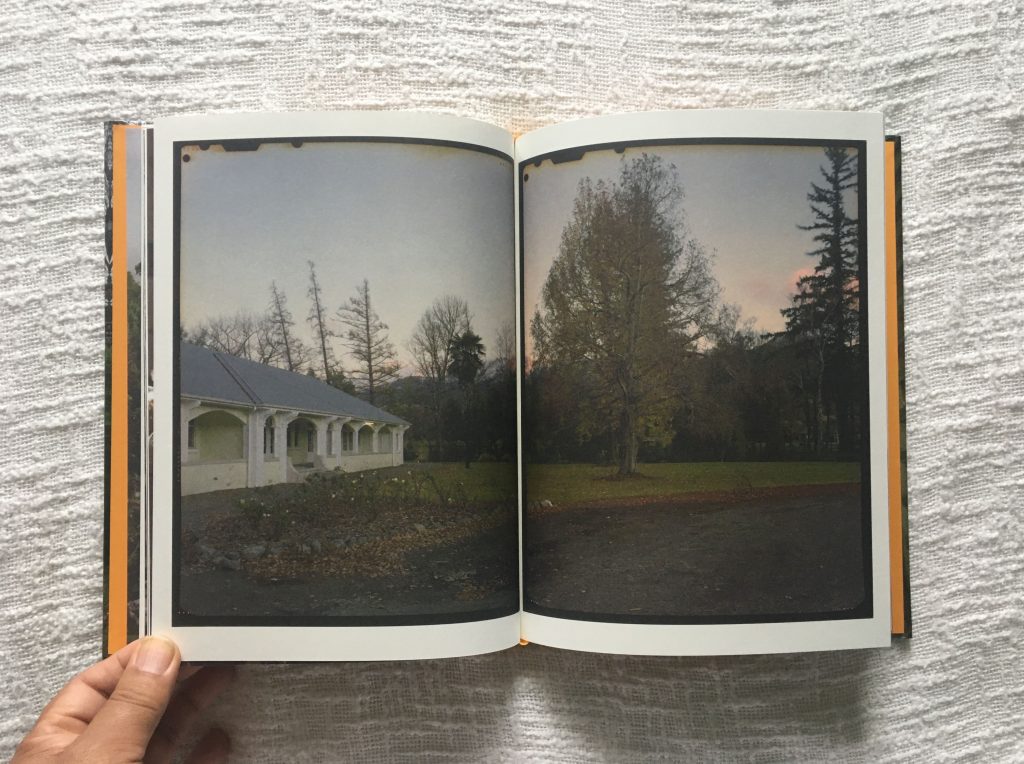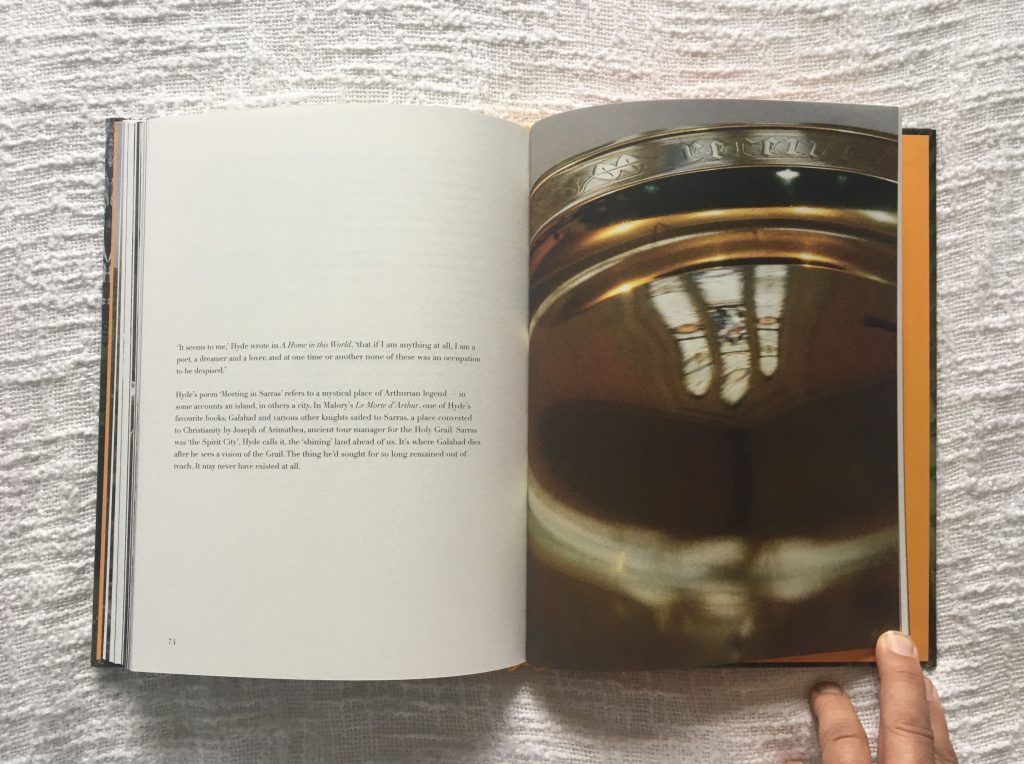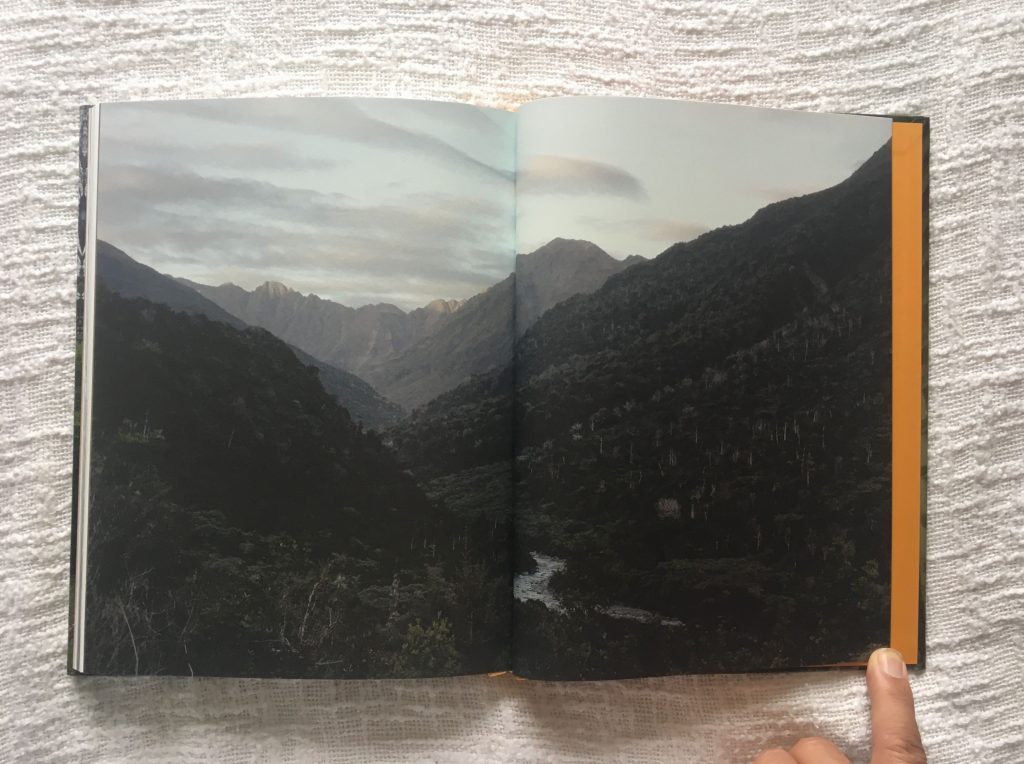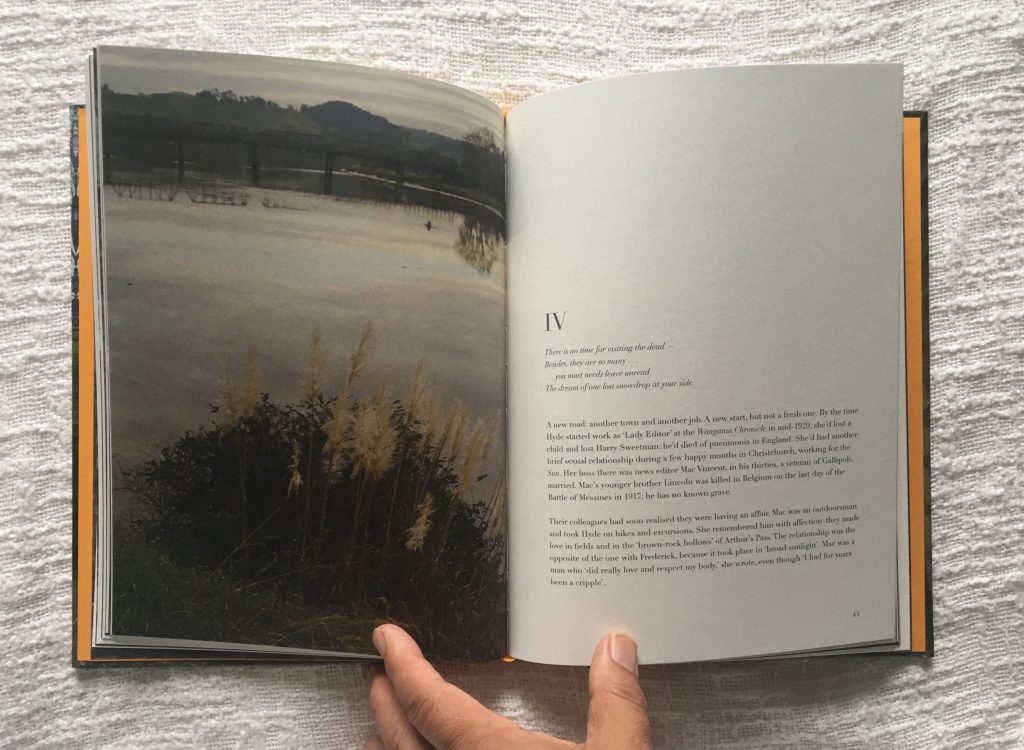Golden Enterprise:New Zealand Chinese Merchants 1860s-1970s
by Phoebe H. Li
Published by Chinese Poll Tax Heritage Trust.
Commissioned by the Chinese Poll Tax Heritage Trust, Golden Enterprise offers a compelling re-examination of New Zealand Chinese history from the 1860s to the 1970s, focusing on the pivotal role of Cantonese merchants.
These early entrepreneurs not only facilitated Chinese immigration but also shaped the identity of Chinese New Zealanders within the broader context of New Zealand’s shifting relationships with China, Britain, and the wider world. Drawing on extensive archival research in both Chinese and English sources, Phoebe H. Li illuminates the merchants’ transnational business and social networks, providing fresh perspectives on Chinese migration to the South Pacific.
This richly illustrated volume combines in-depth historical analysis with vivid human stories, complemented by a stunning collection of paintings and photographs. With its accessible style, Golden Enterprise appeals to both academic readers and those with a general interest in New Zealand and Chinese diaspora histories.
Phoebe H. Li holds a PhD from the University of Auckland and was a research fellow at Tsinghua University in Beijing. She is currently an independent historian. Her prior publications include A Virtual Chinatown: The Diasporic Mediasphere of Chinese Migrants in New Zealand (Brill, 2013), Recollections of a Distant Shore: New Zealand Chinese in Historical Images (co-authored with John B. Turner, Social Sciences Academic Press, 2017) and some journal articles and book chapters. She was the principal curator of the acclaimed photographic exhibition Being Chinese in Aotearoa, hosted by the Auckland War Memorial Museum, the Waitangi Treaty Ground Museum, and the New Zealand Portrait Gallery (2017-2020).
Designed by Rim Books, Golden Enterprise features full-colour illustrations, encased in a quarter cloth-bound hardcover, offering both a visual and intellectual feast.
Longlisted for 2025 Ockham New Zealand Book Awards, Illustrated Non Fiction category.
Published by Chinese Poll Tax Heritage Trust
September 2024
RRP $75
Hardcover | 232 pages
240 x 290 x 20 mm
ISBN 978-0-473-69998-7
For all wholesale orders and requests goldenenterprisenz@gmail.com

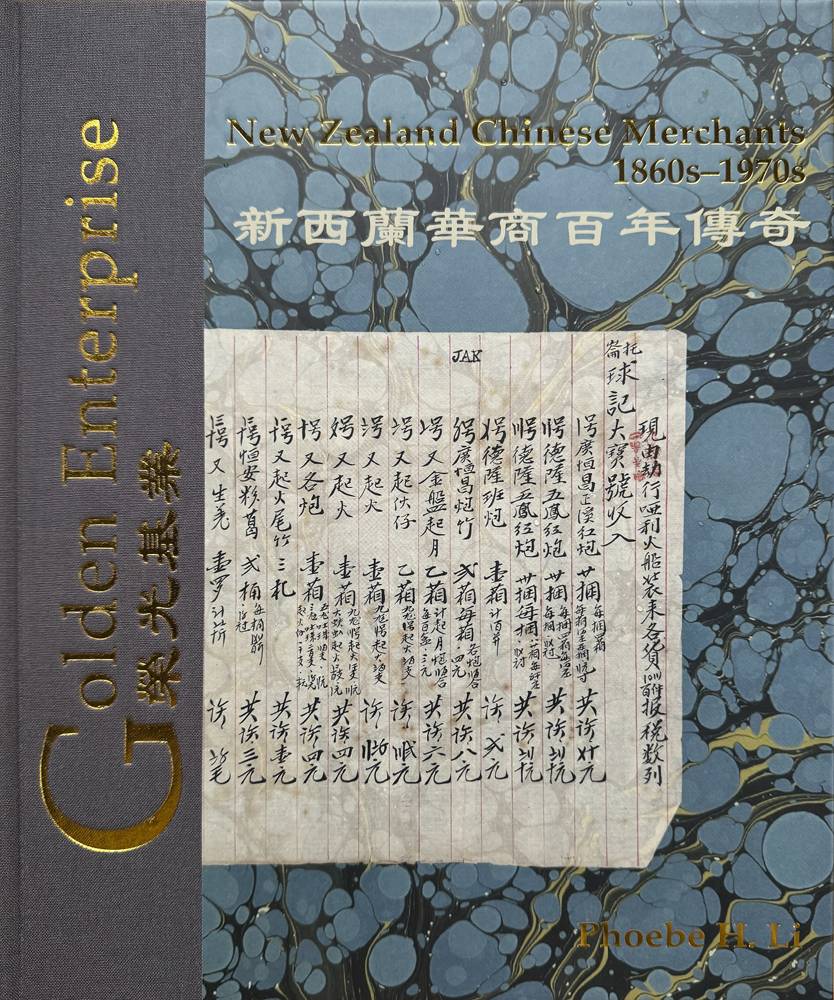
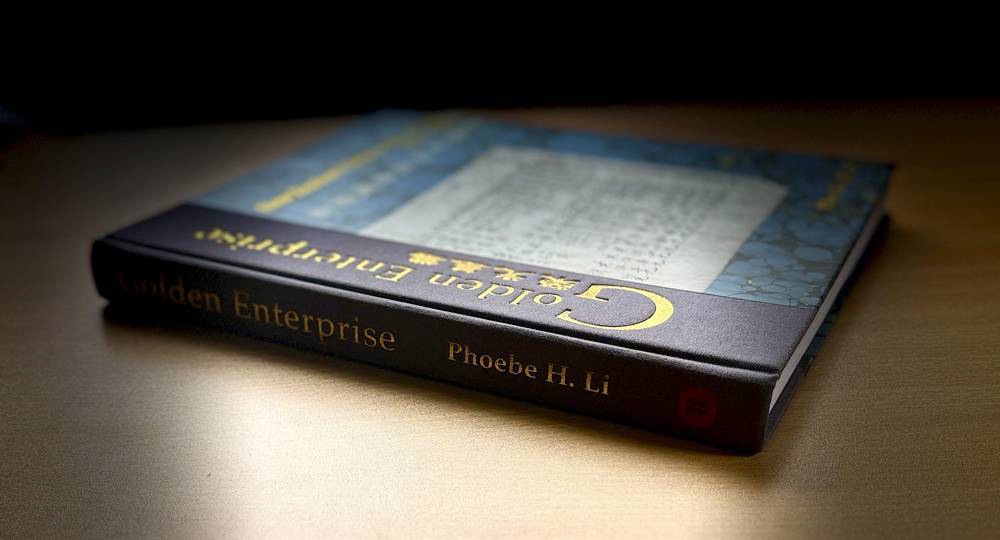
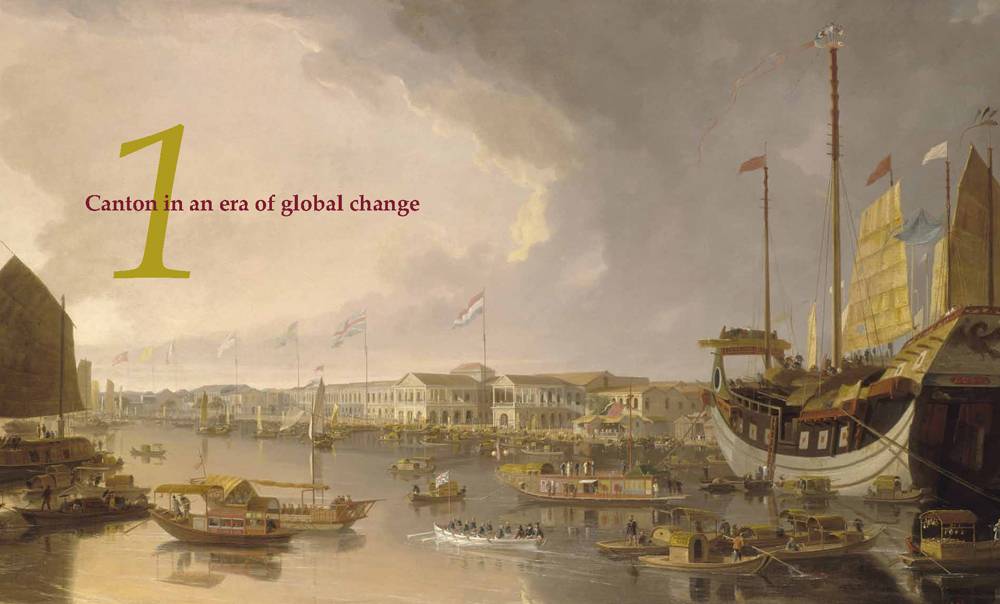
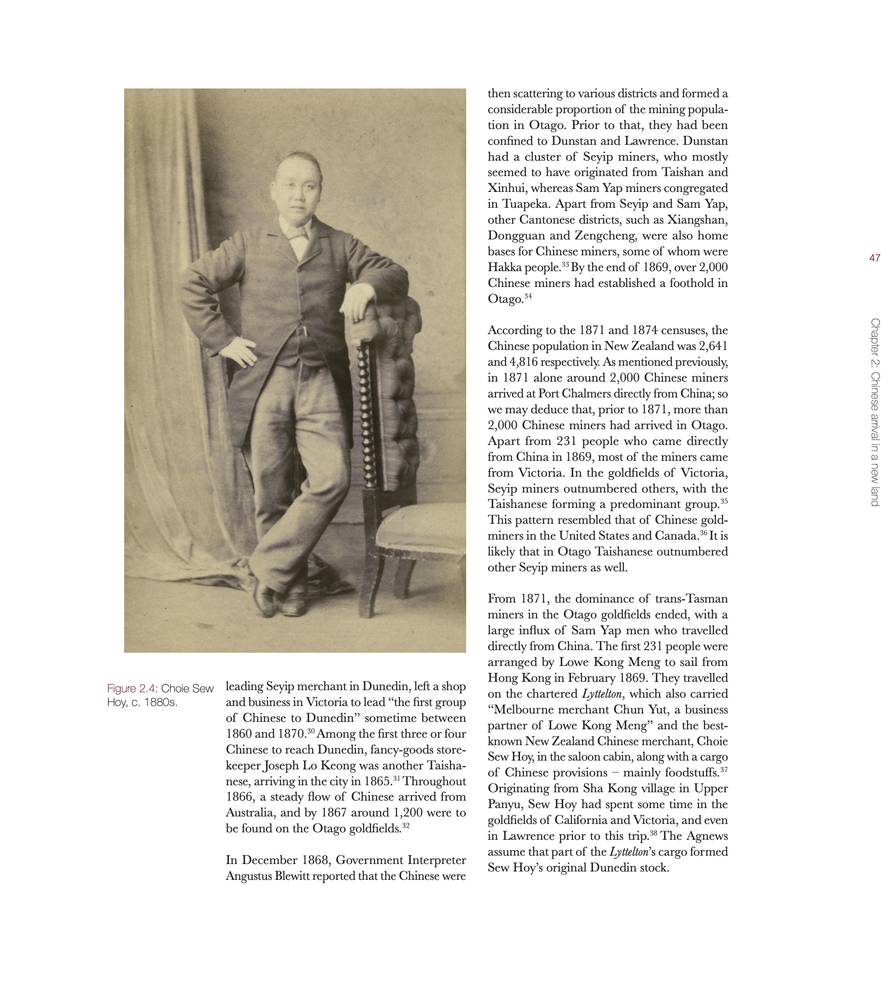
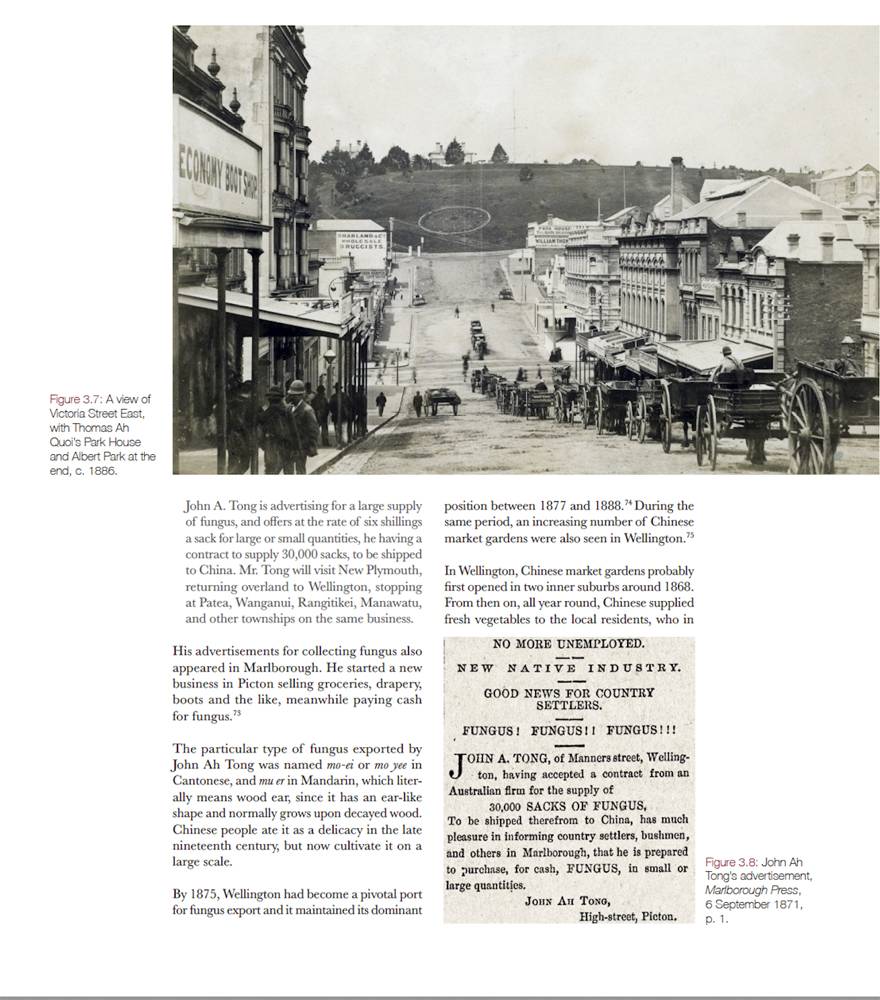
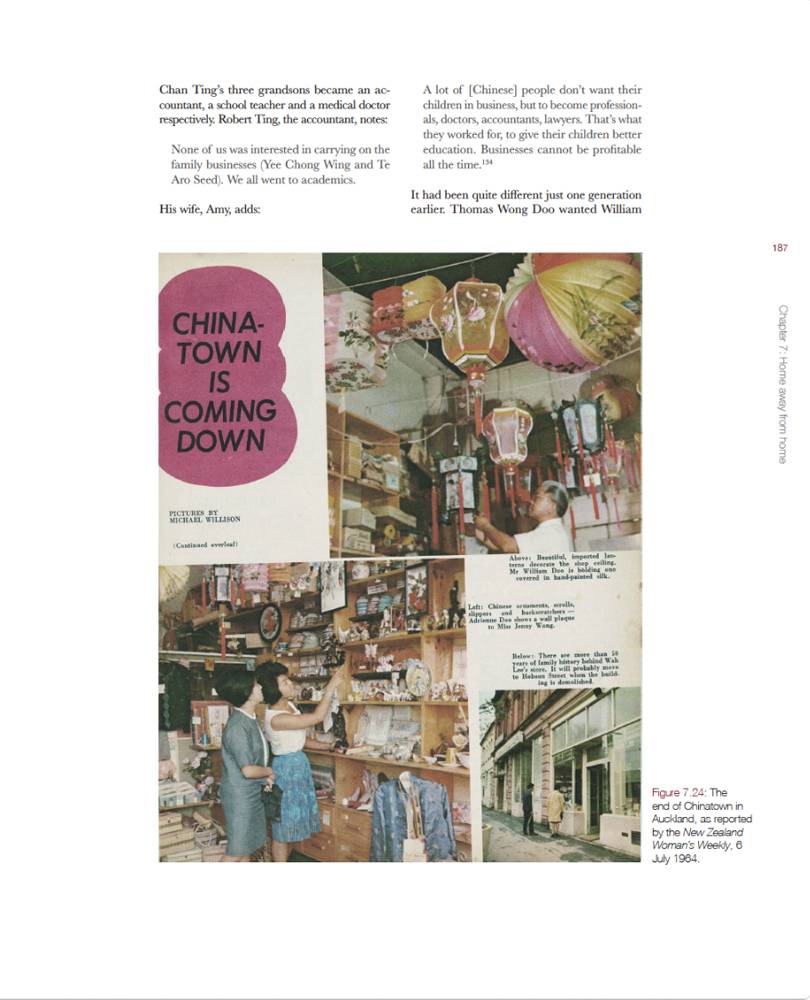
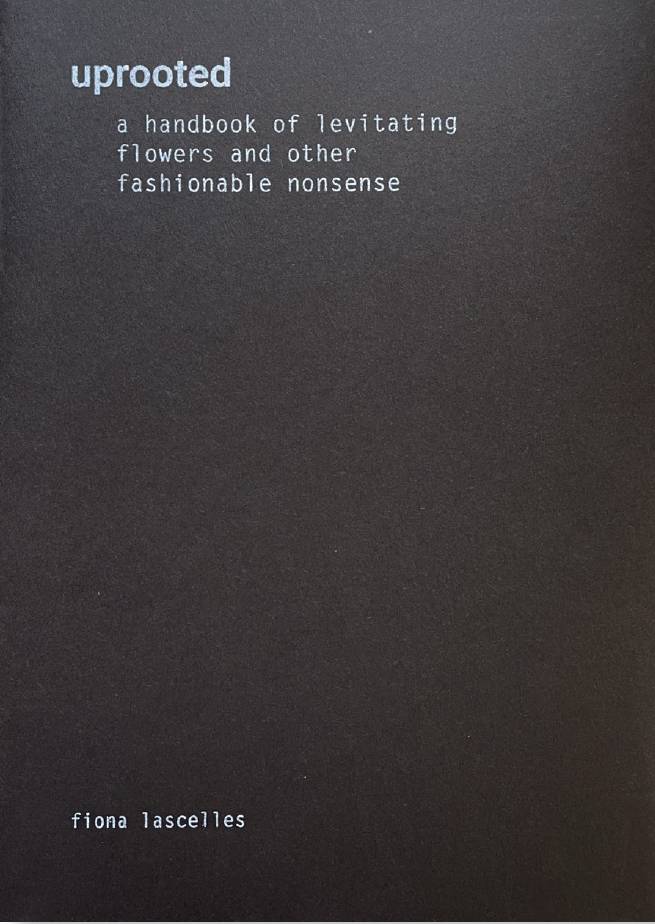
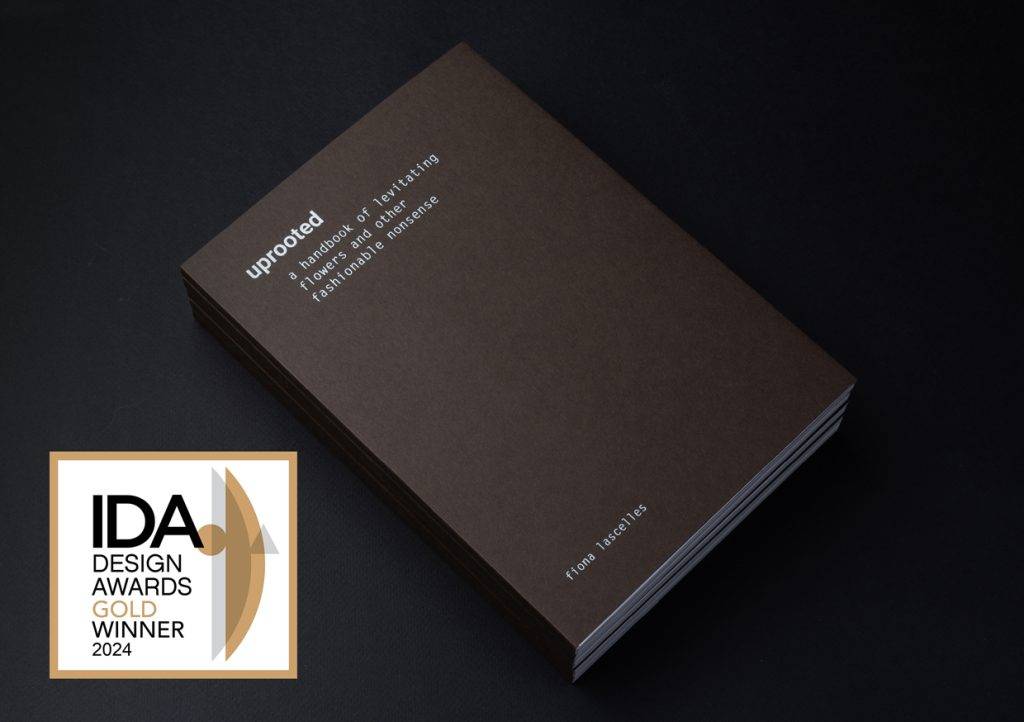
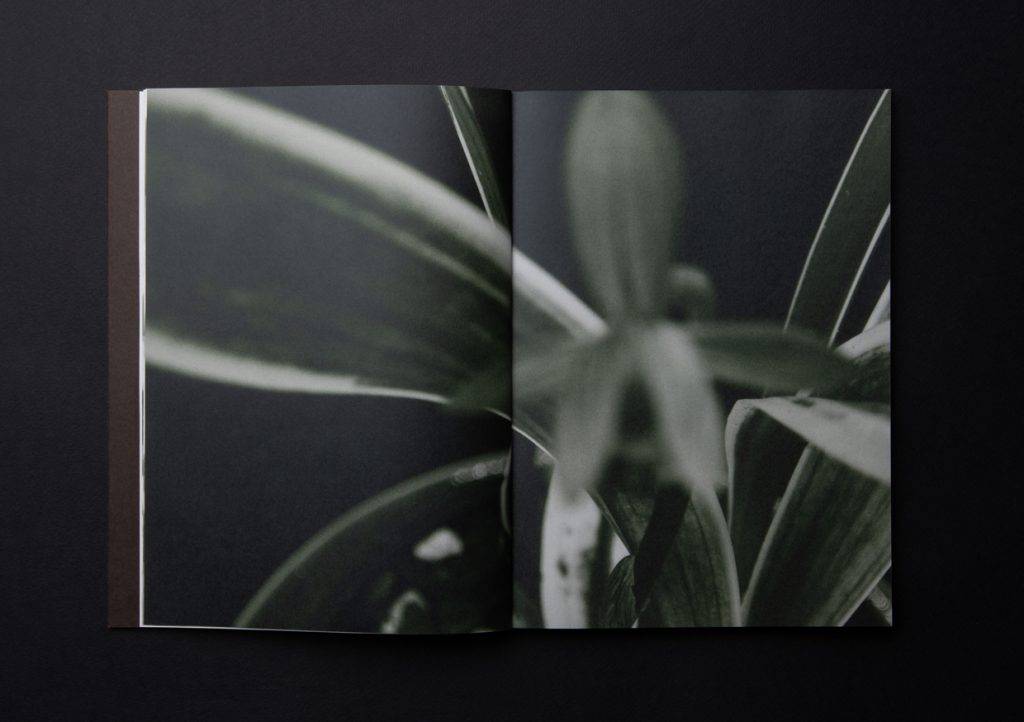
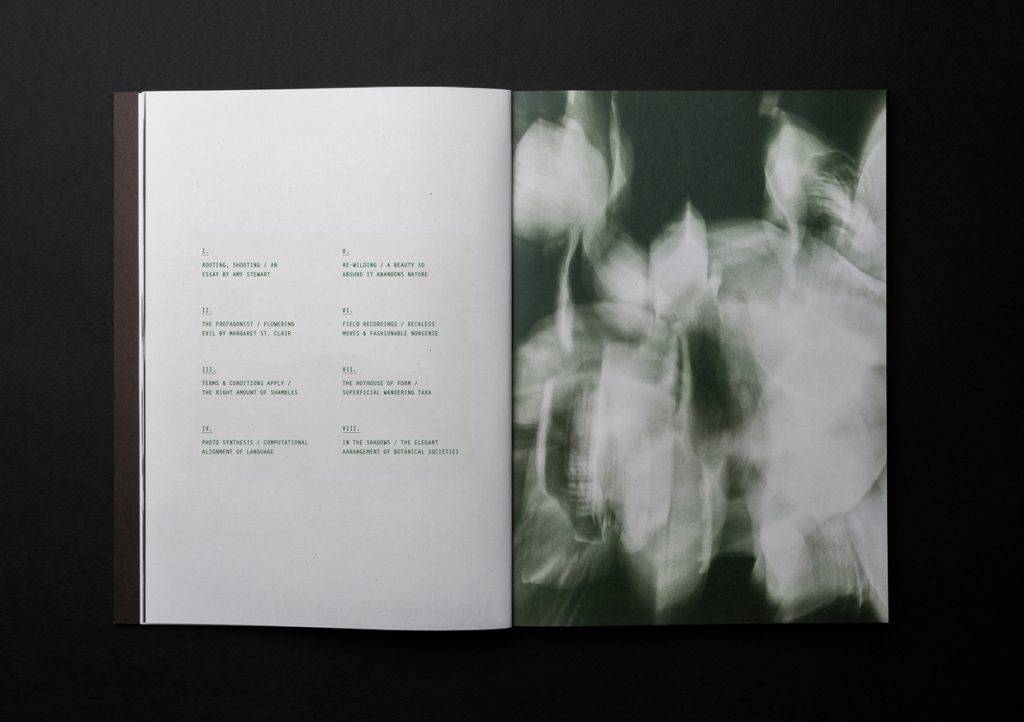
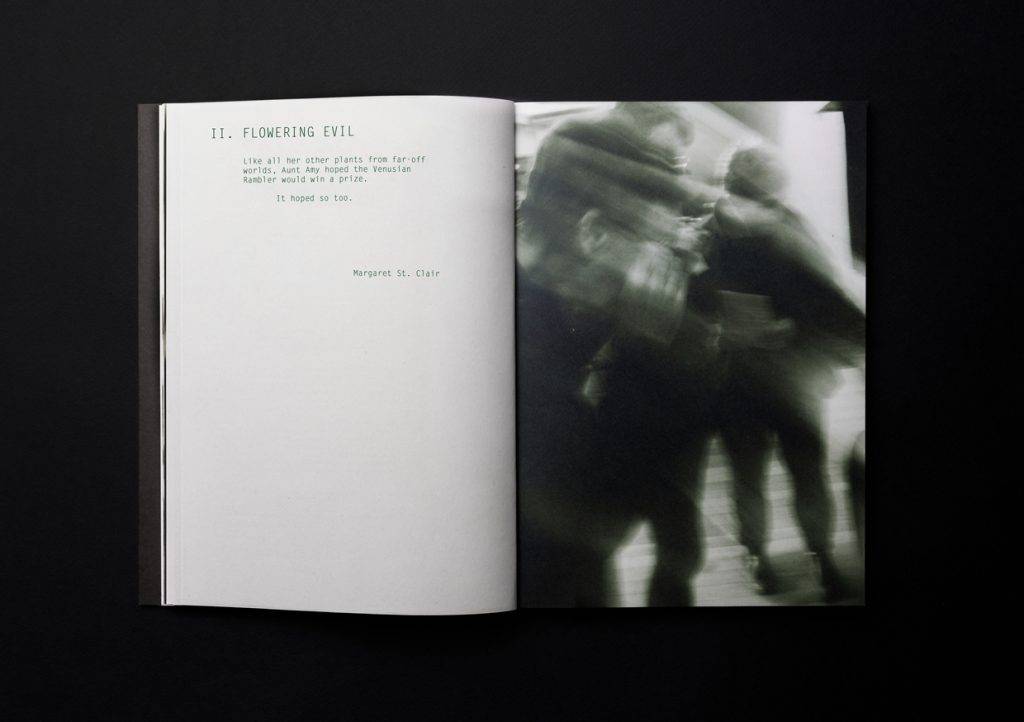
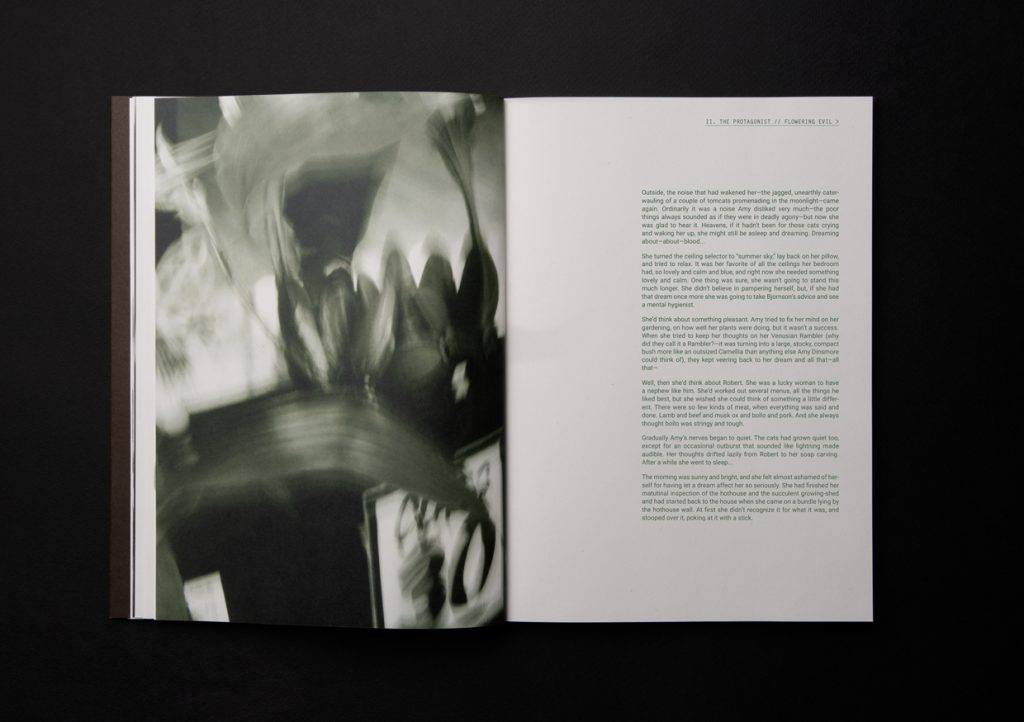
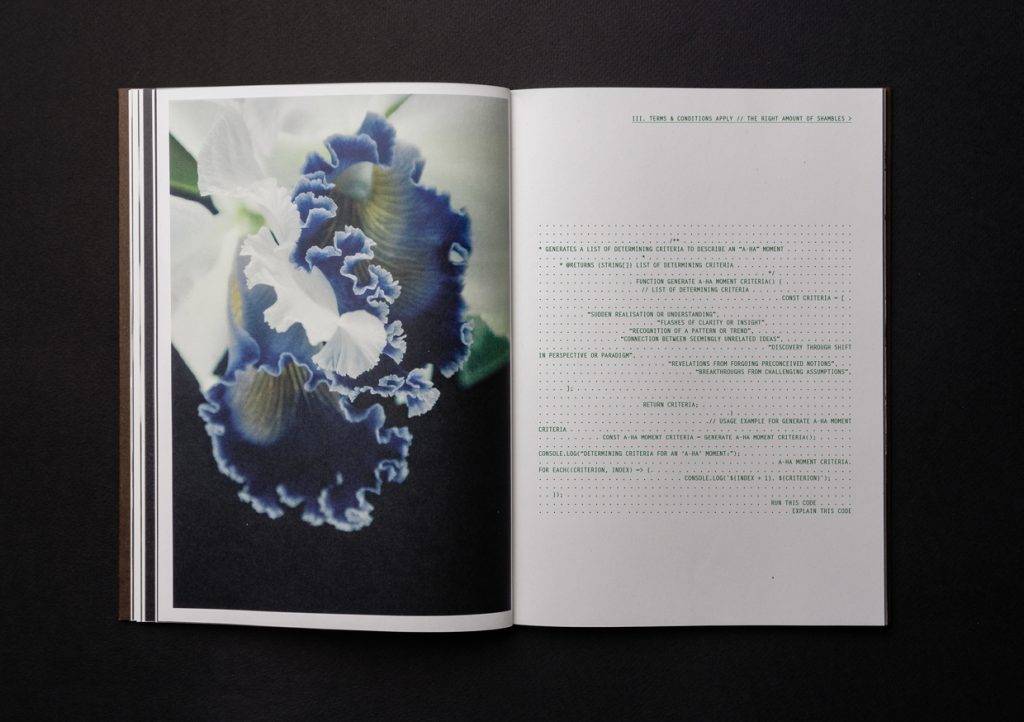
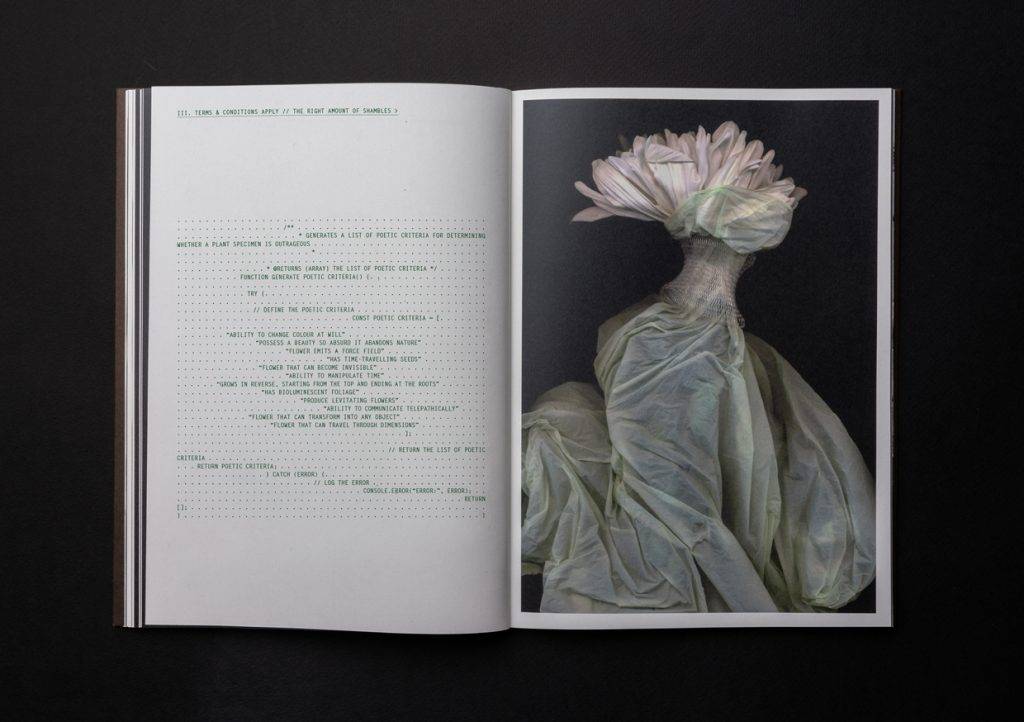
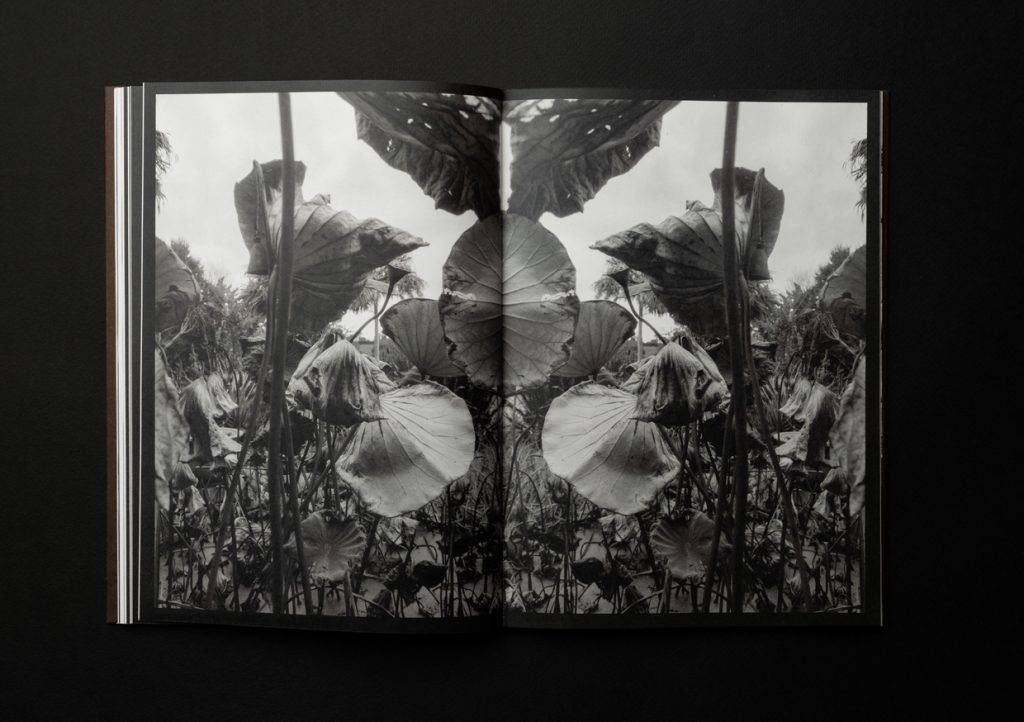
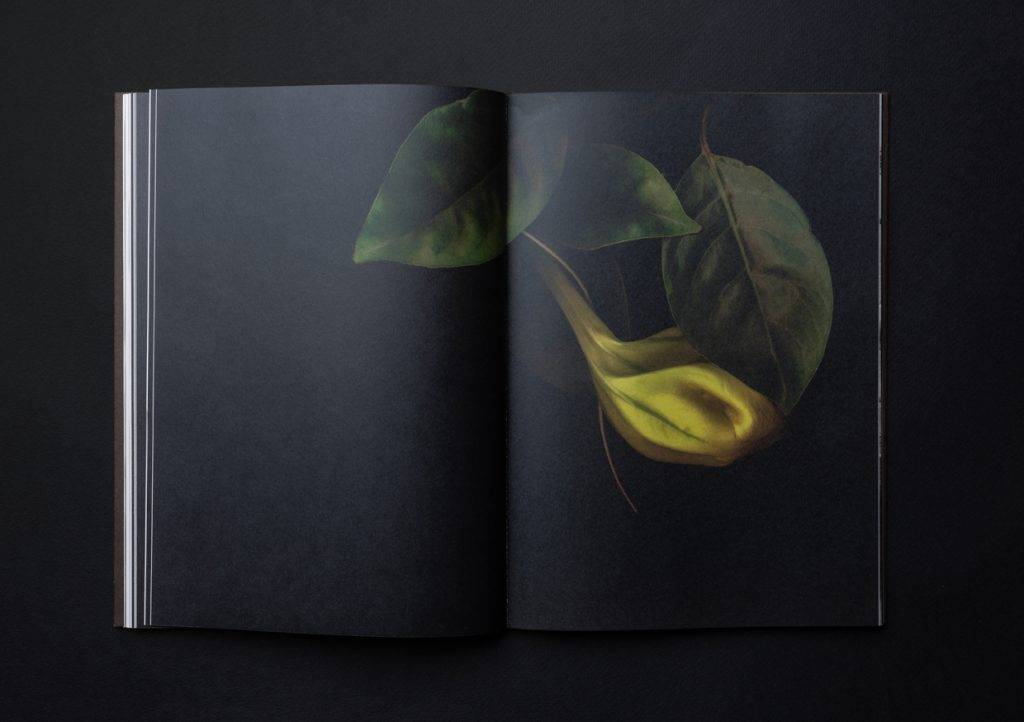
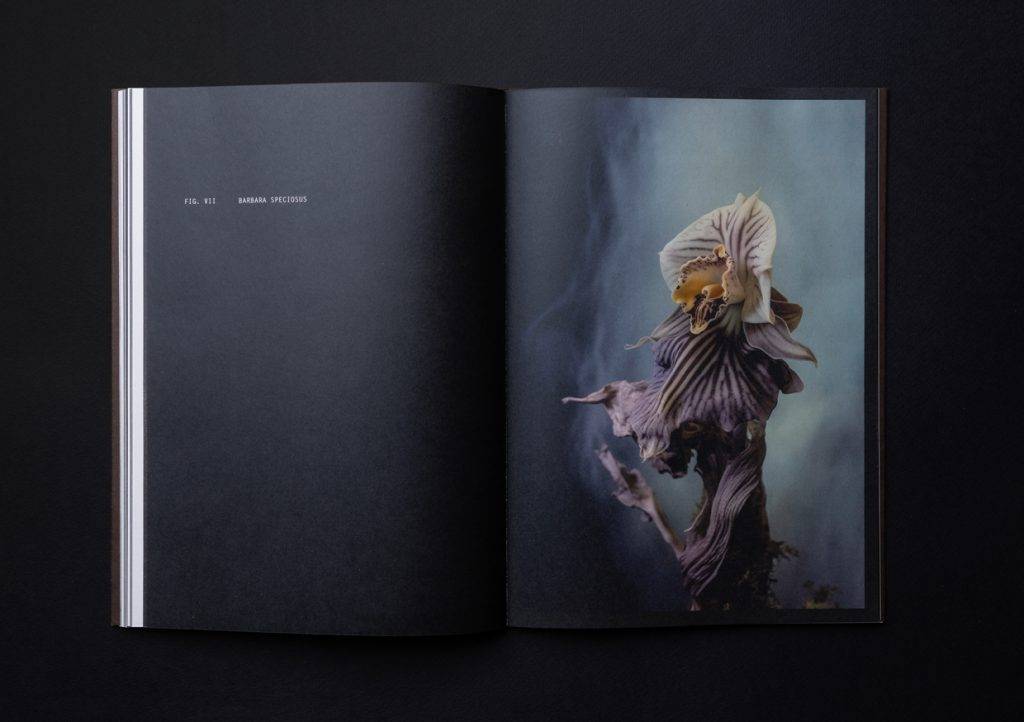
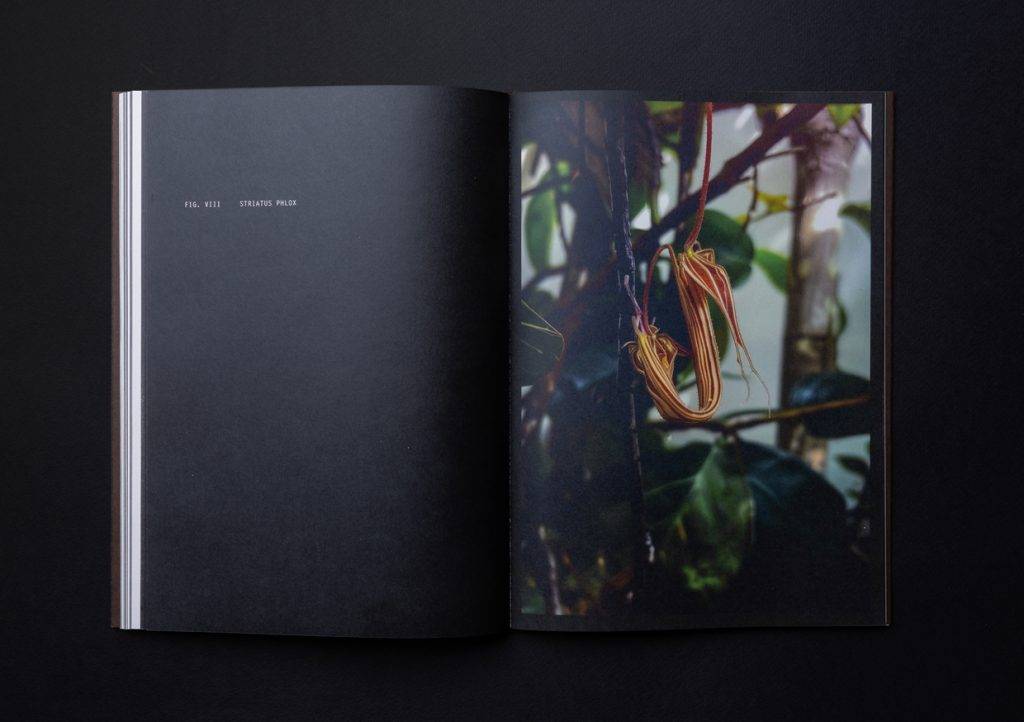
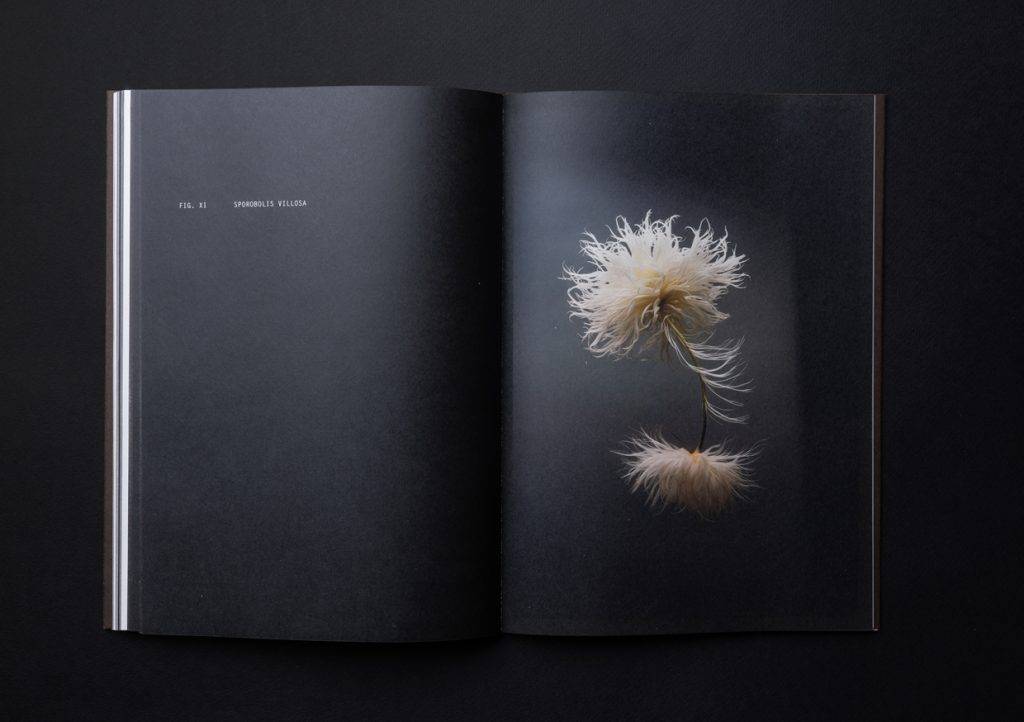
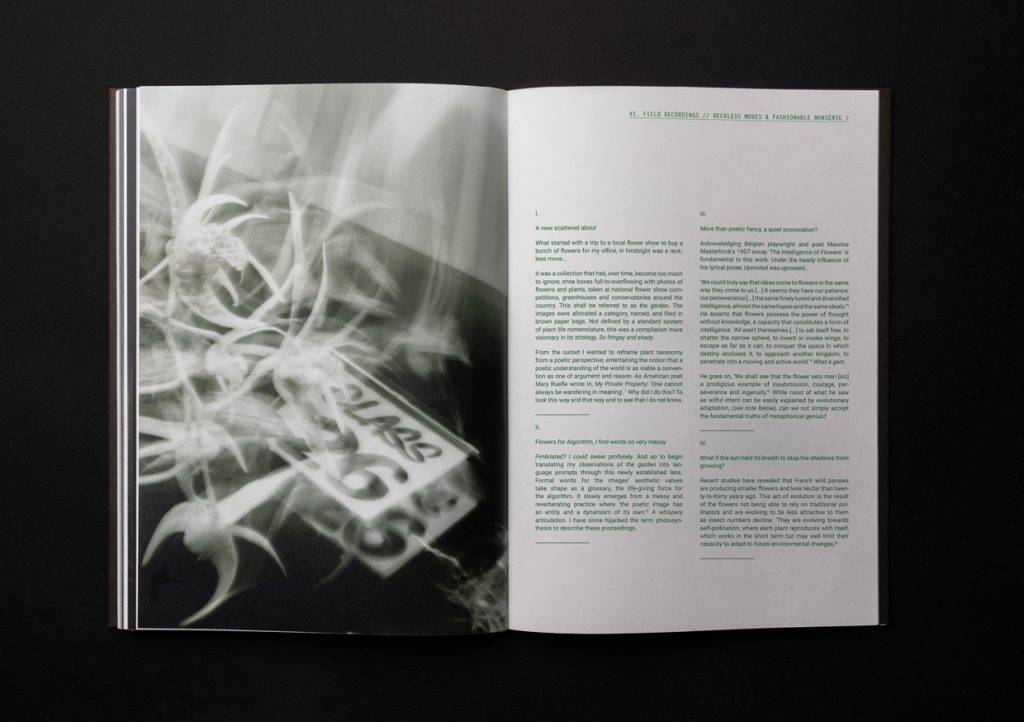
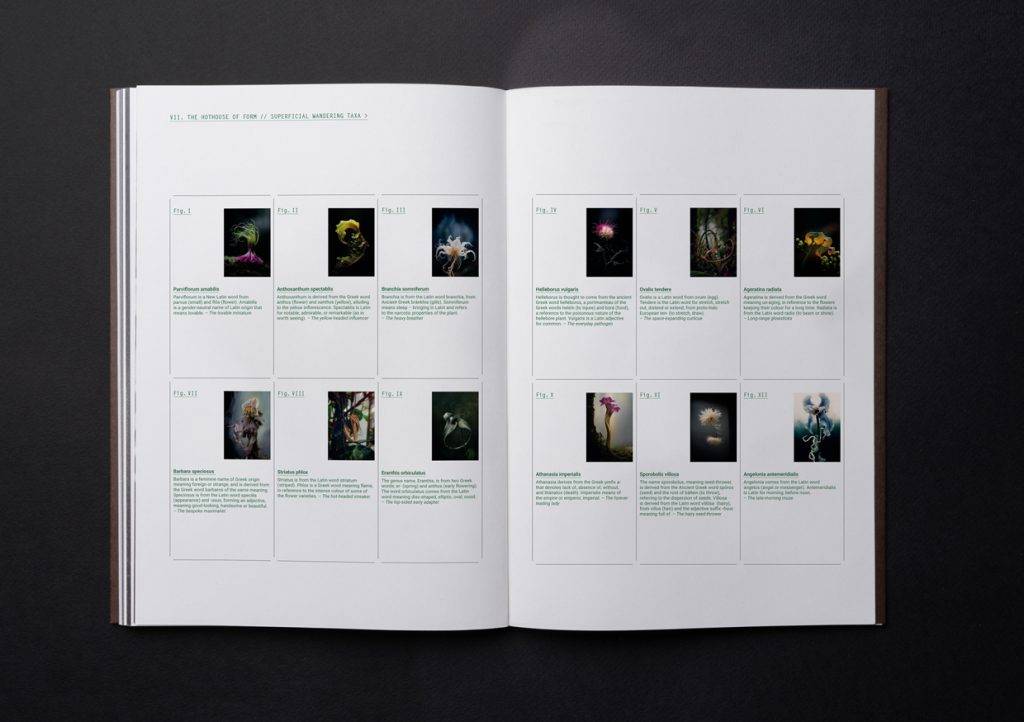
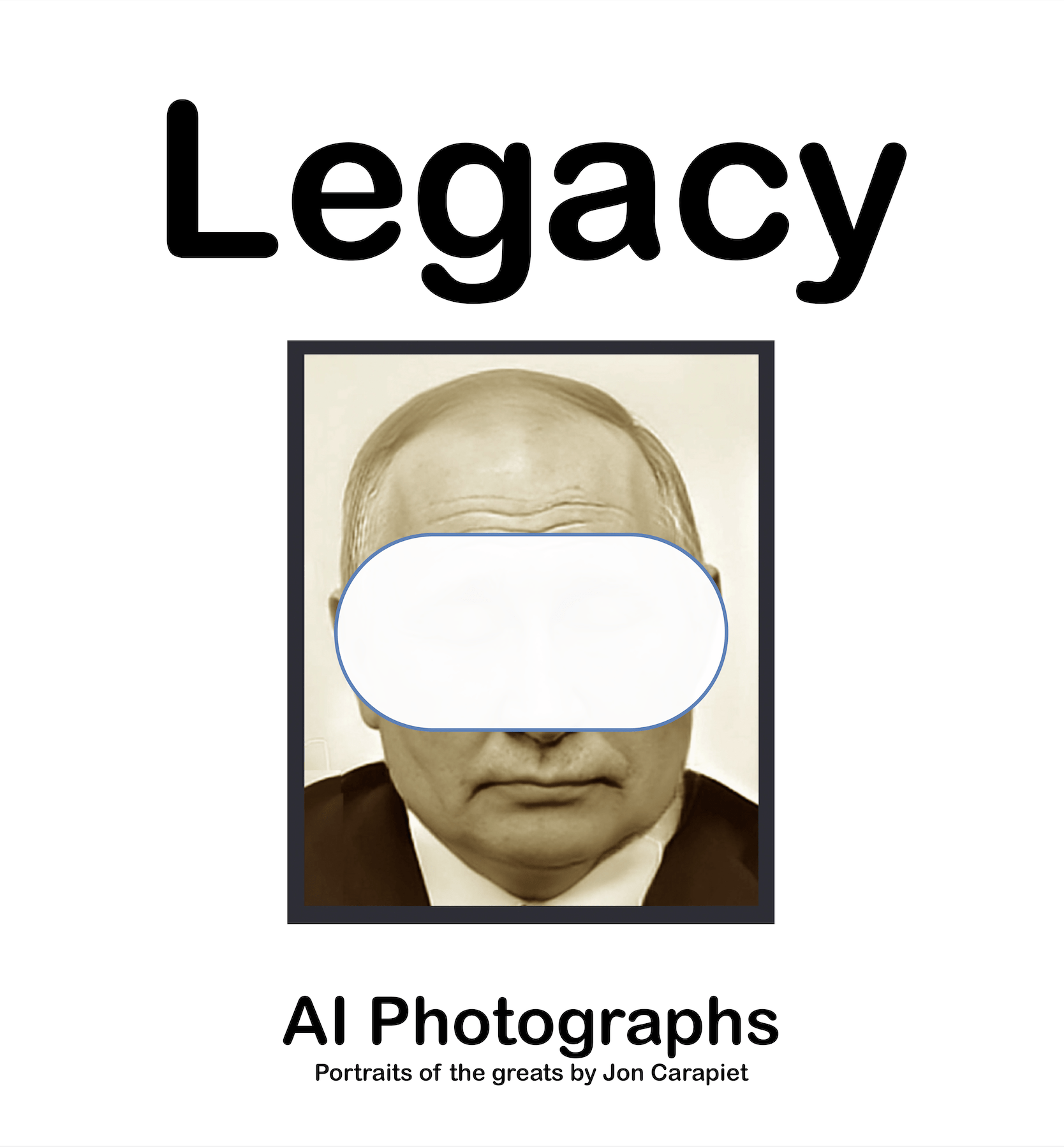
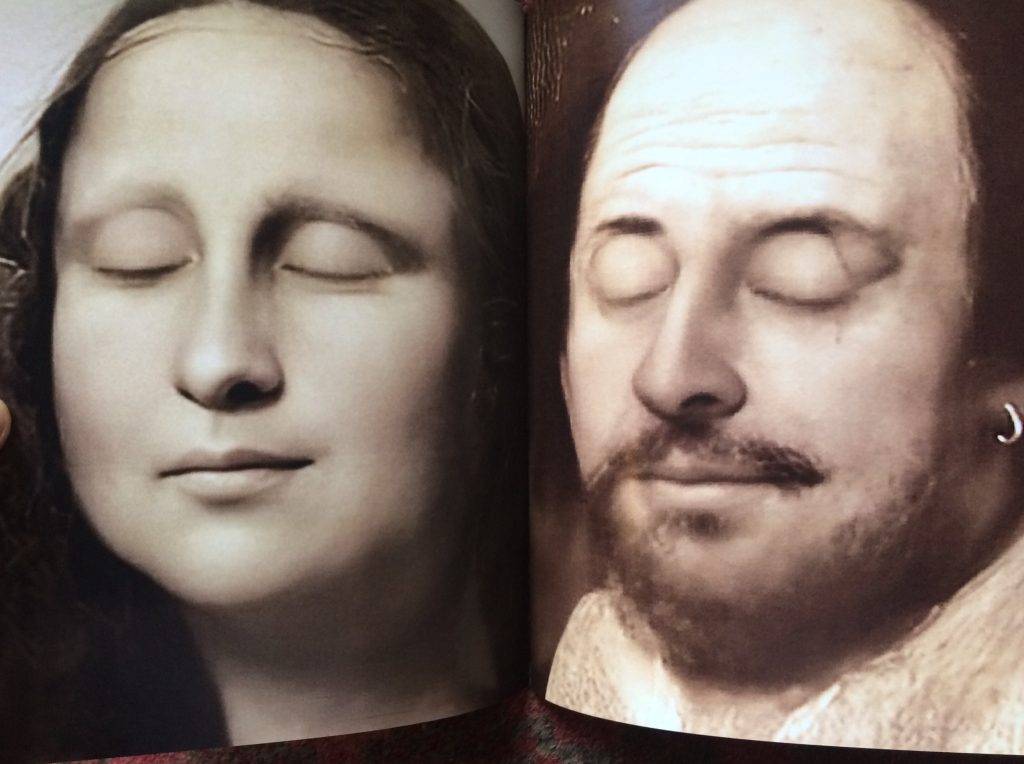
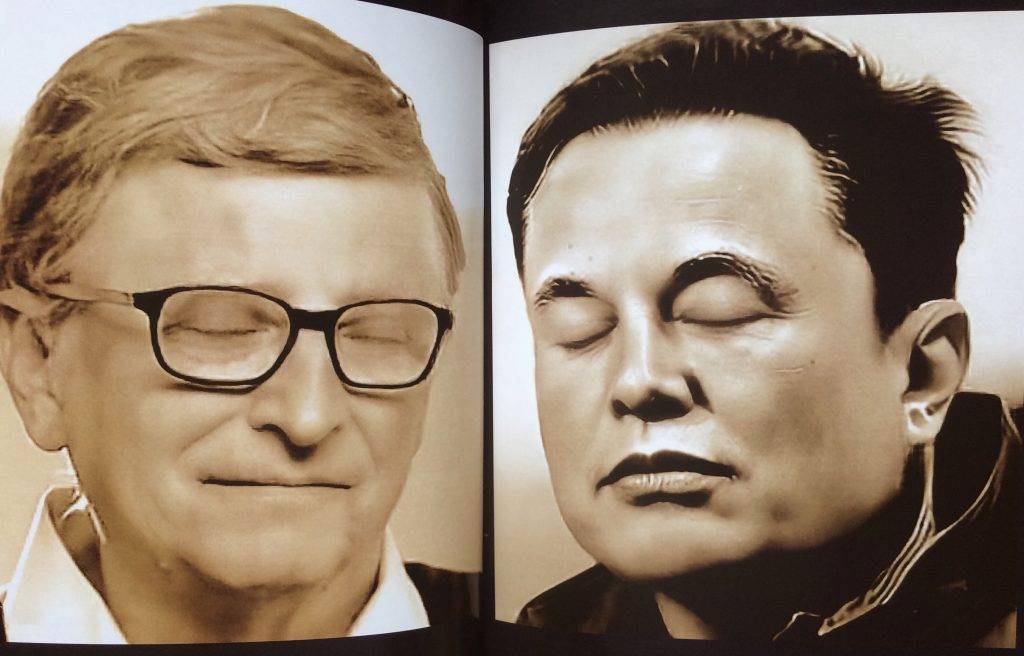
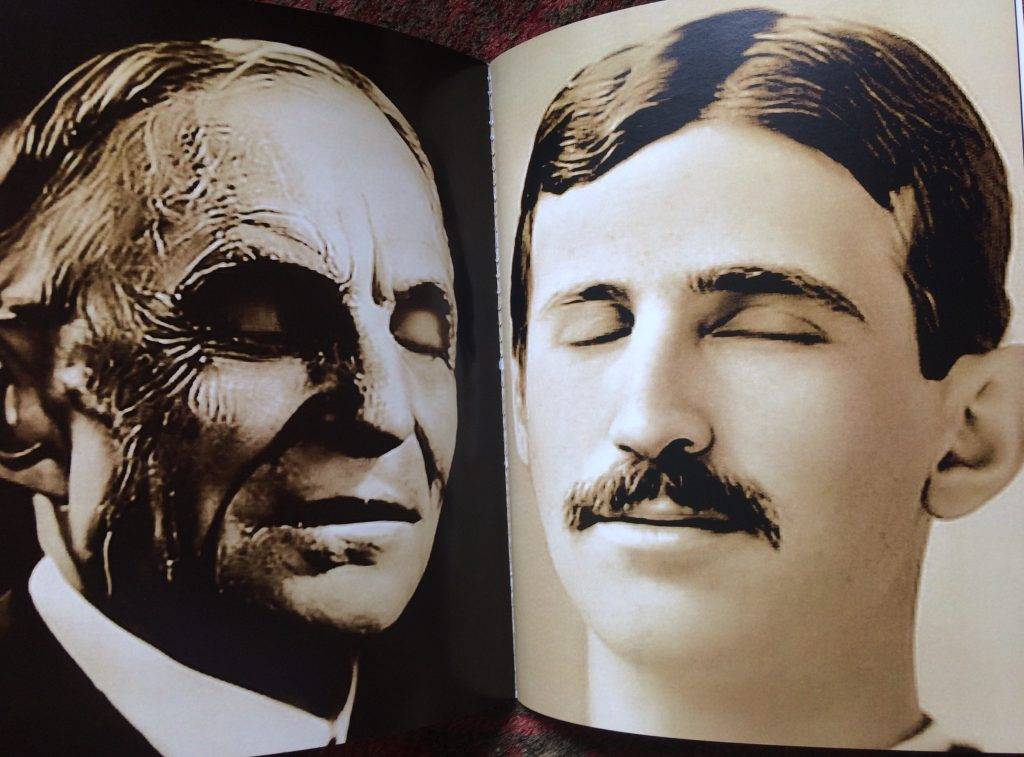
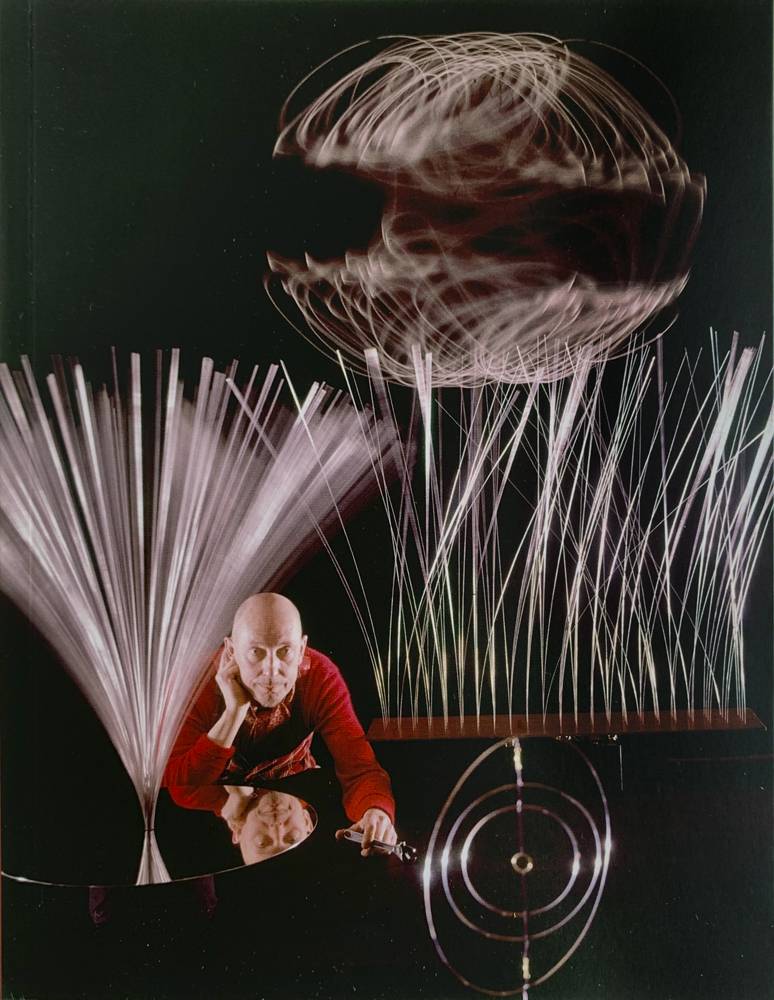
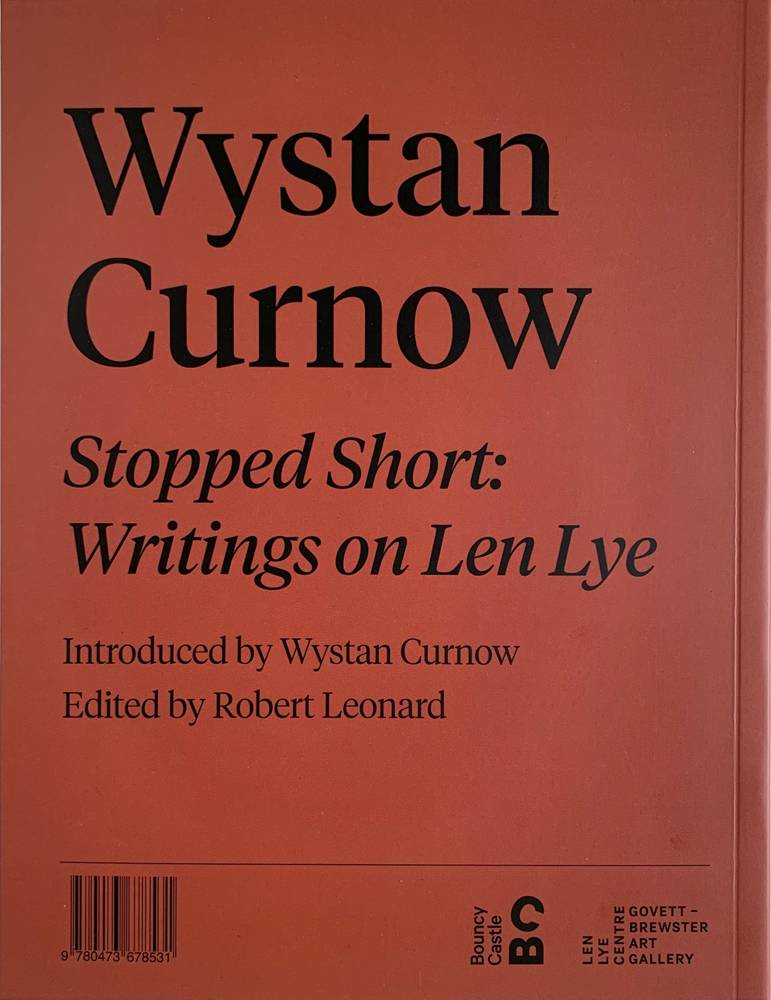
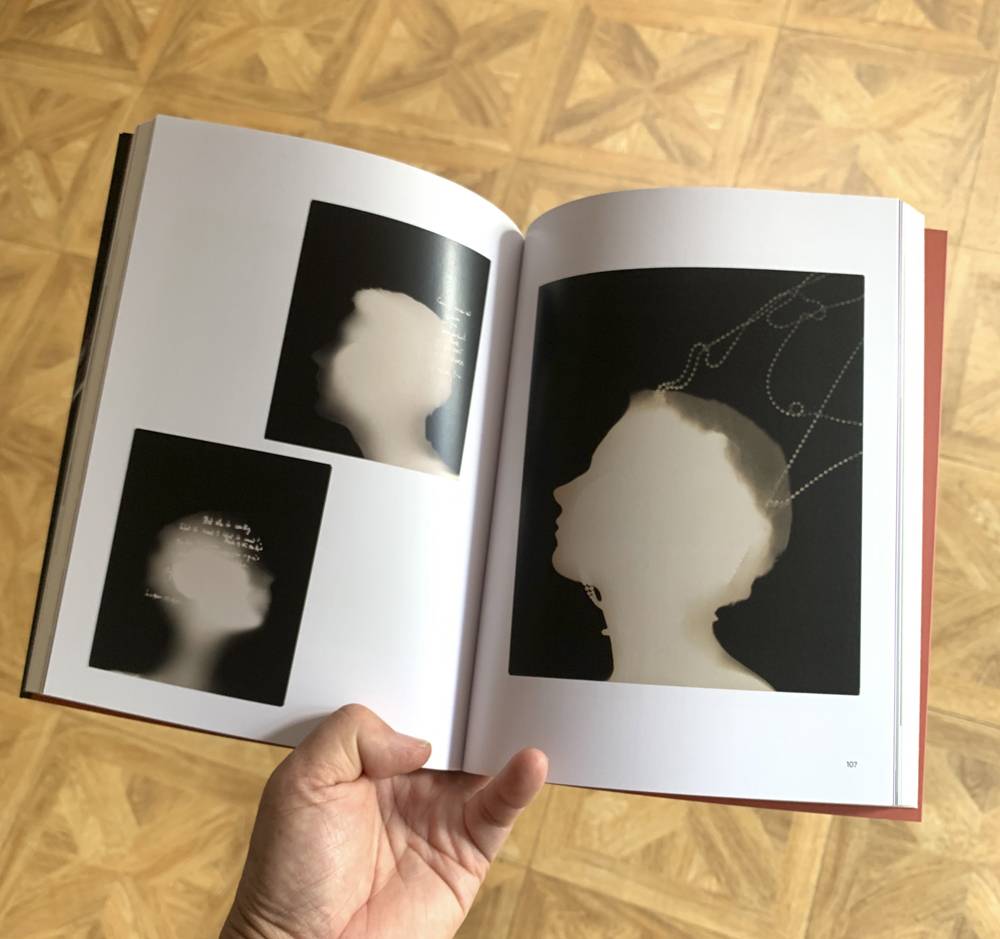
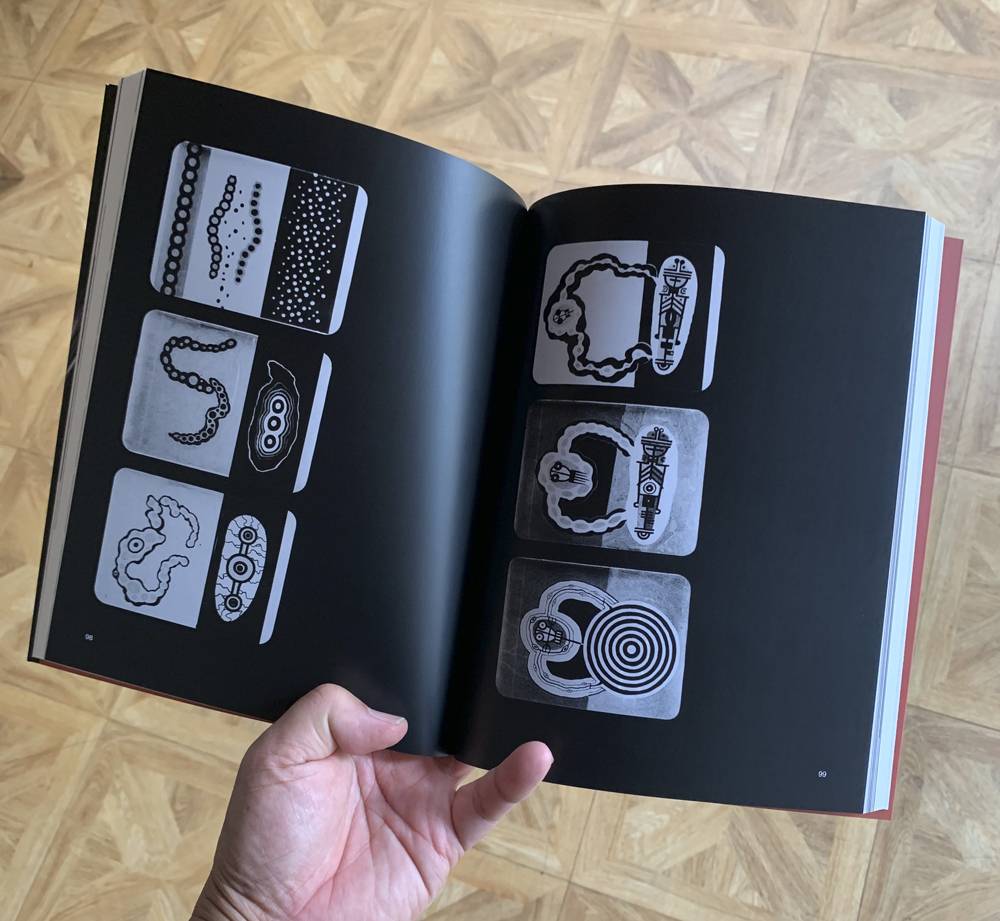
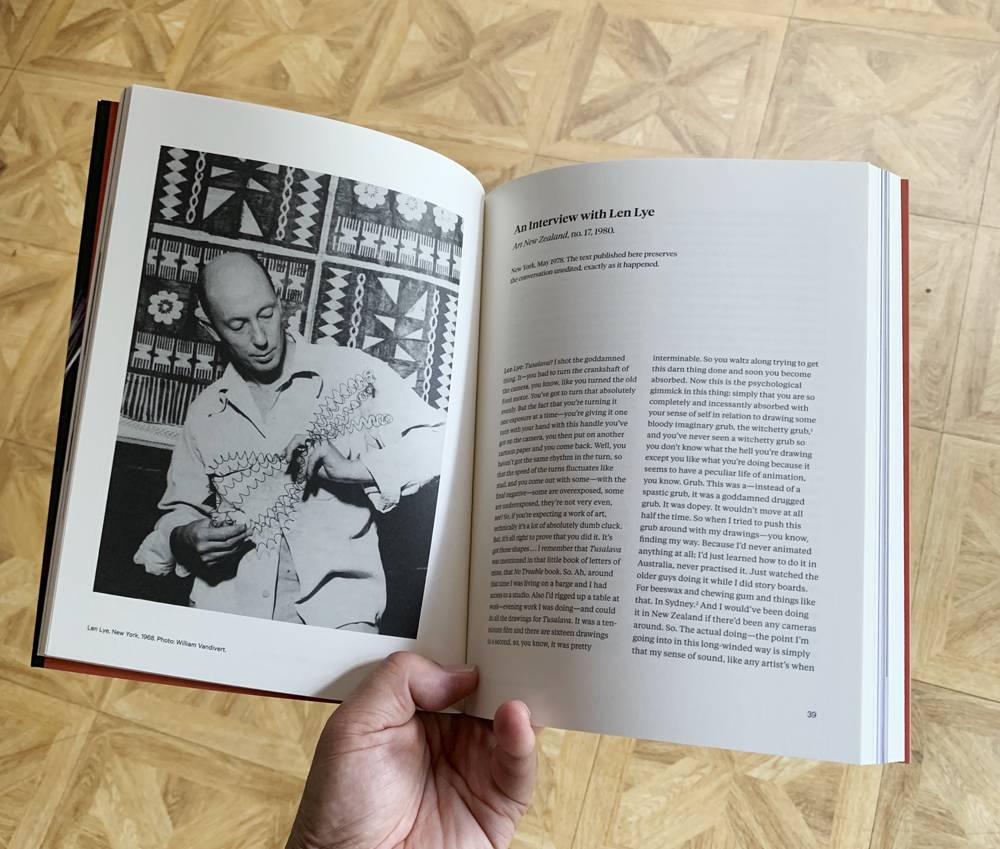
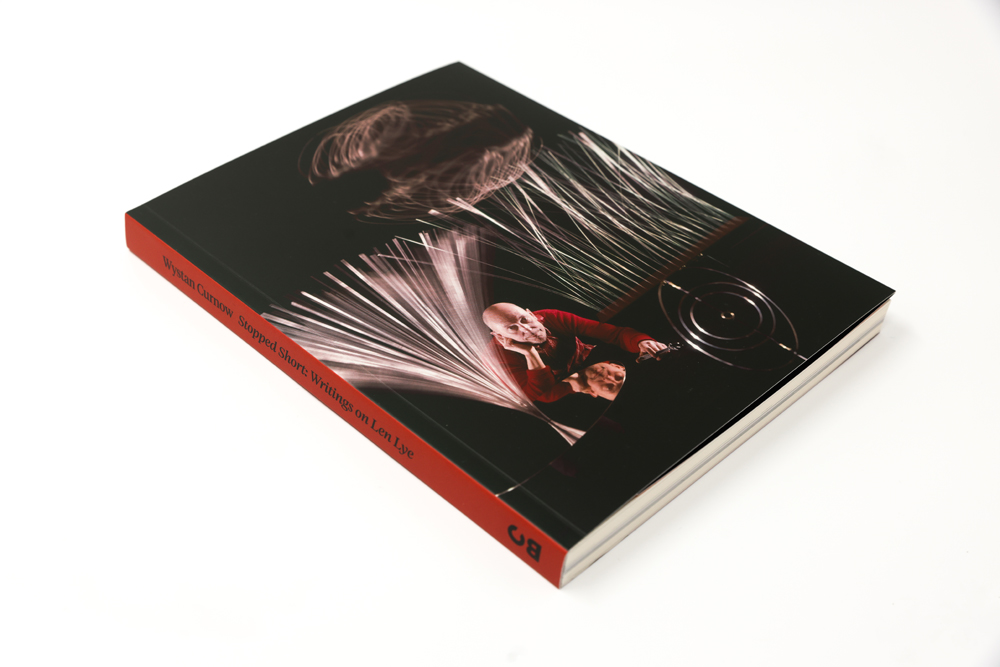
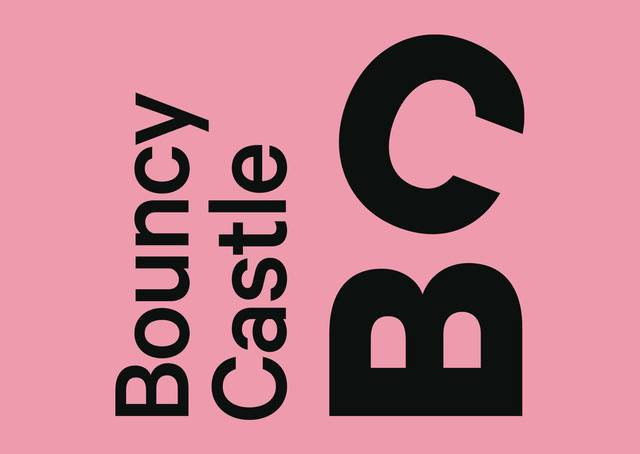
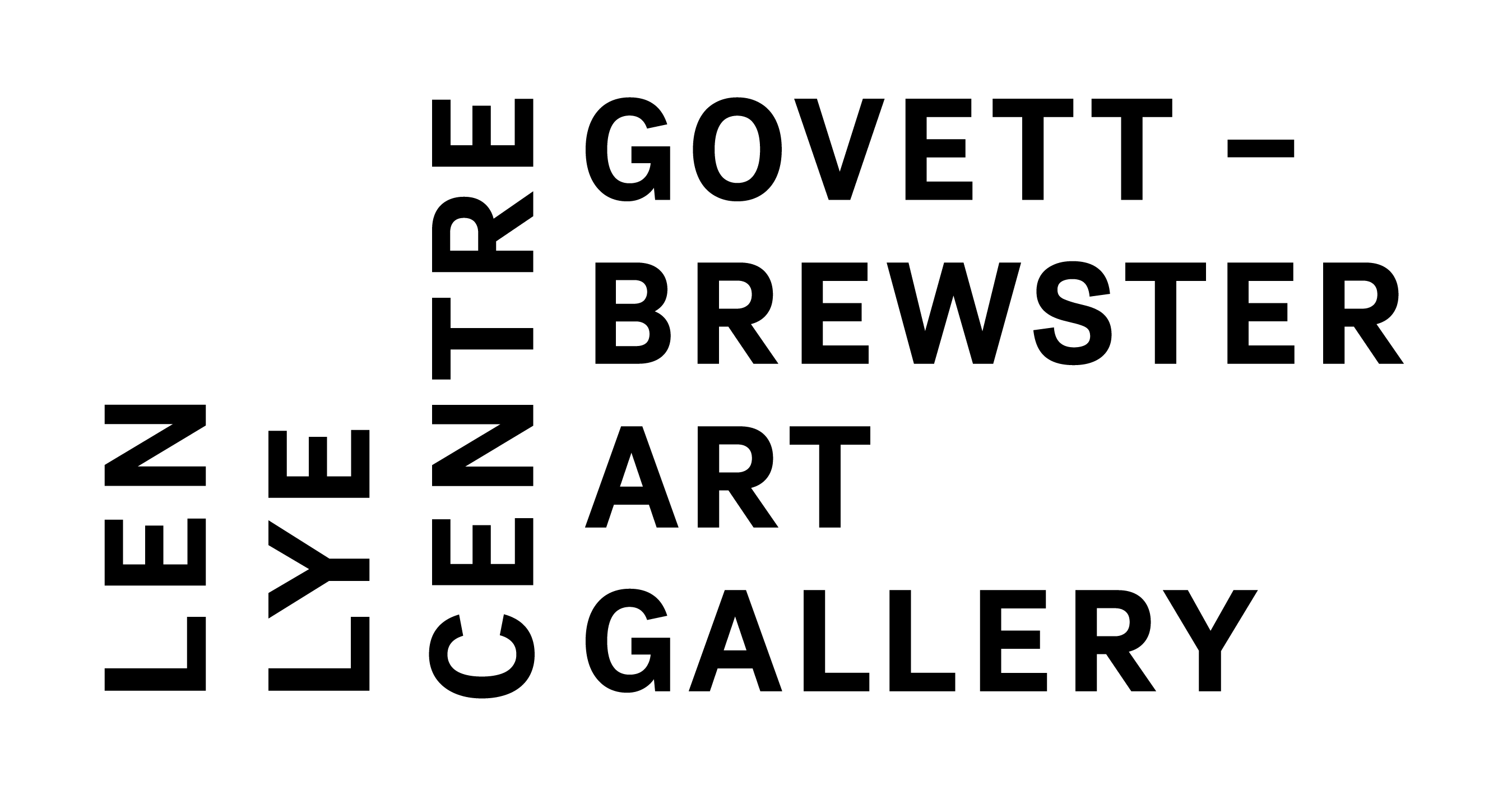
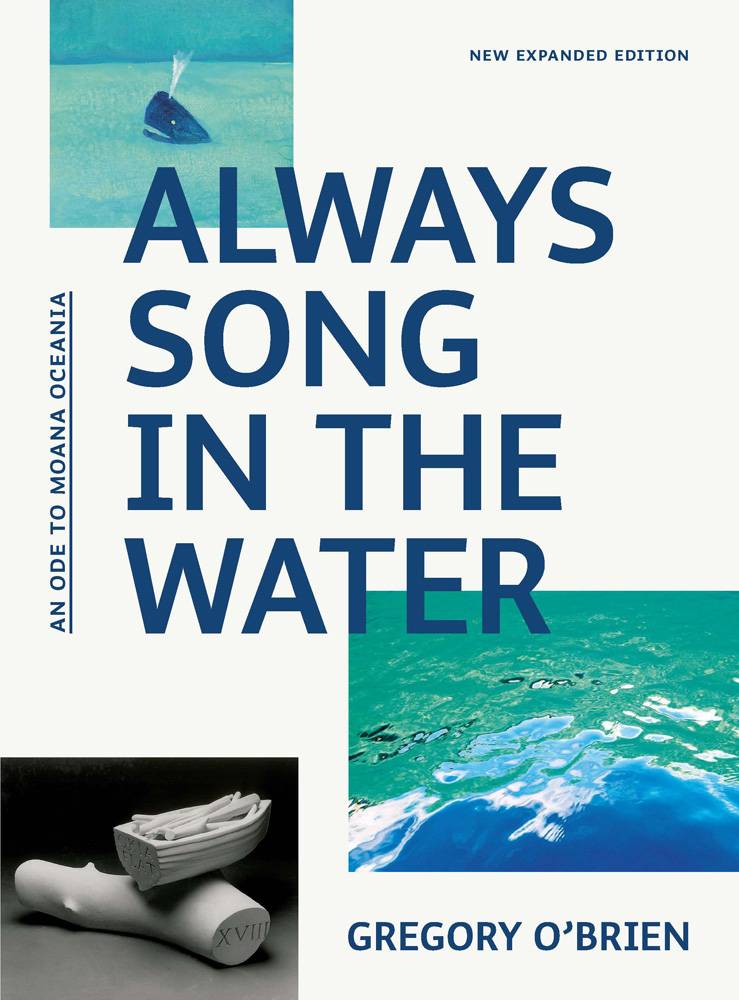
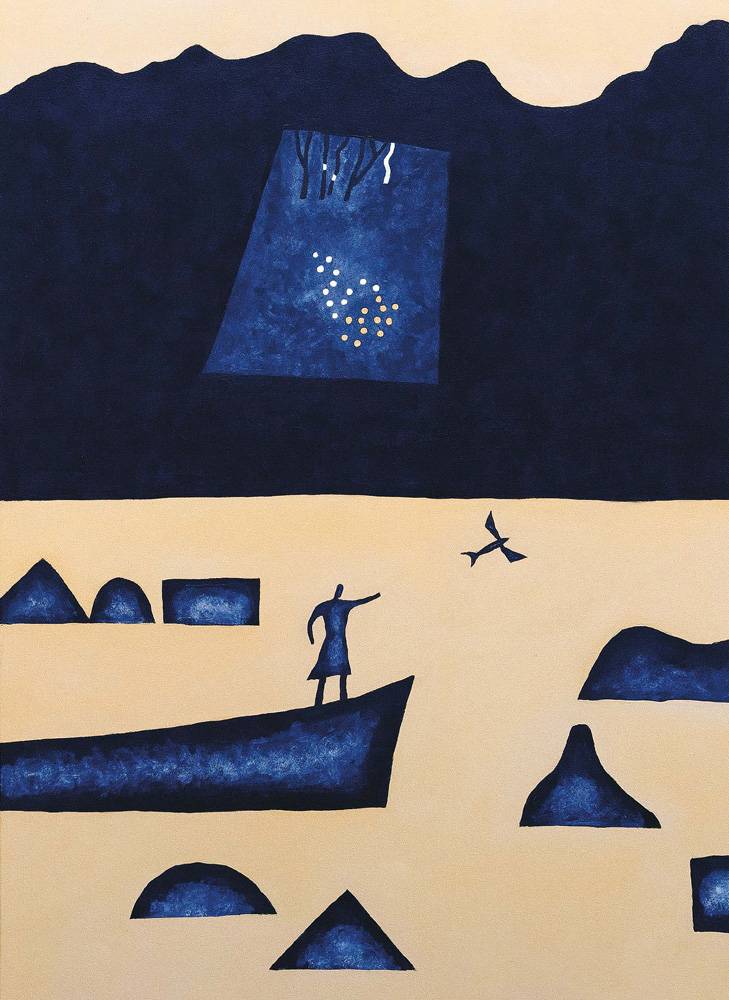
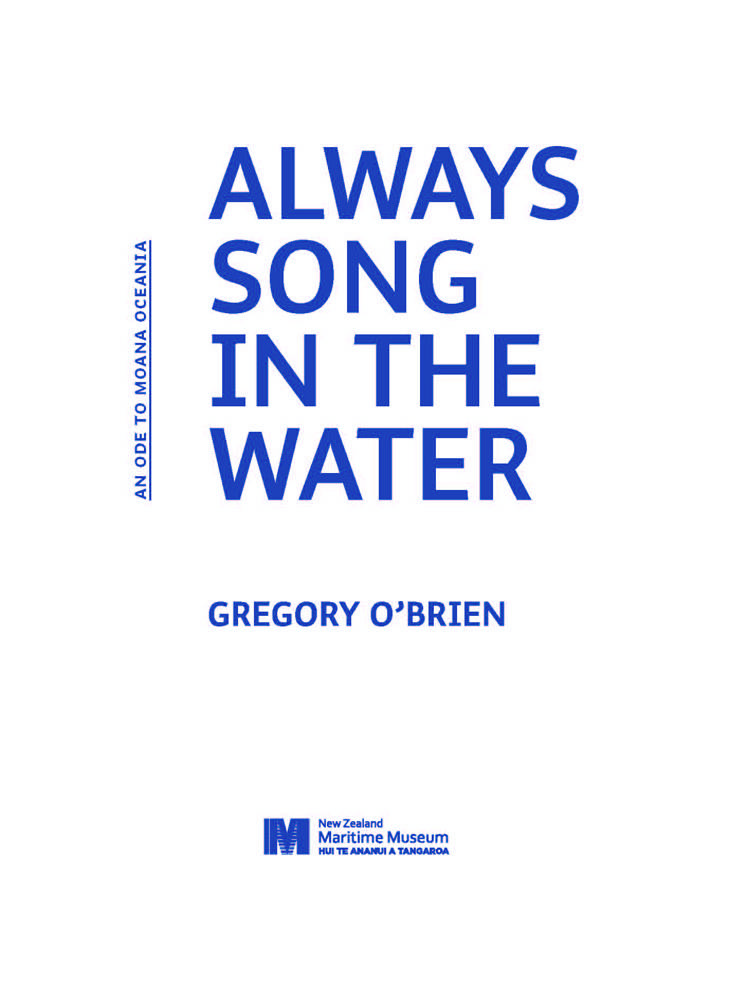
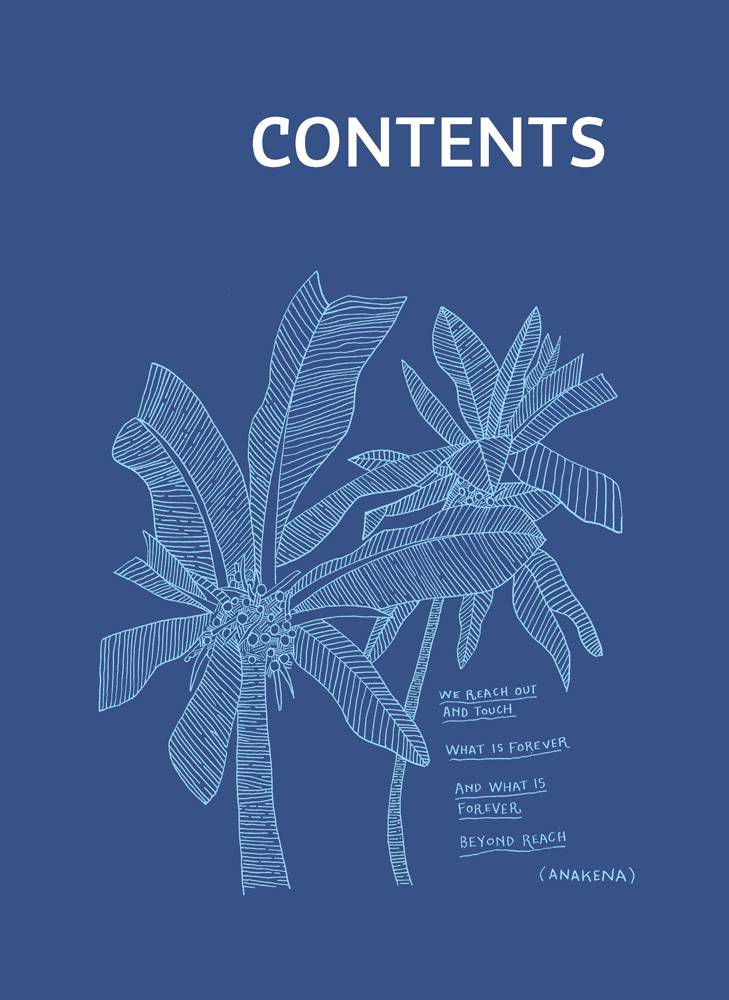
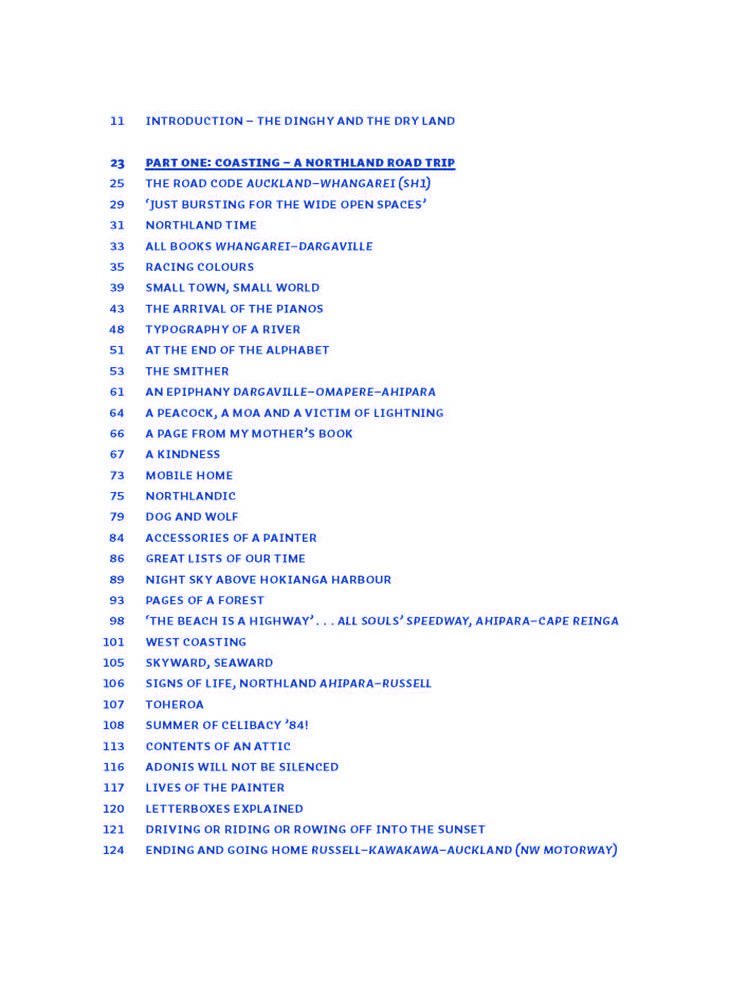
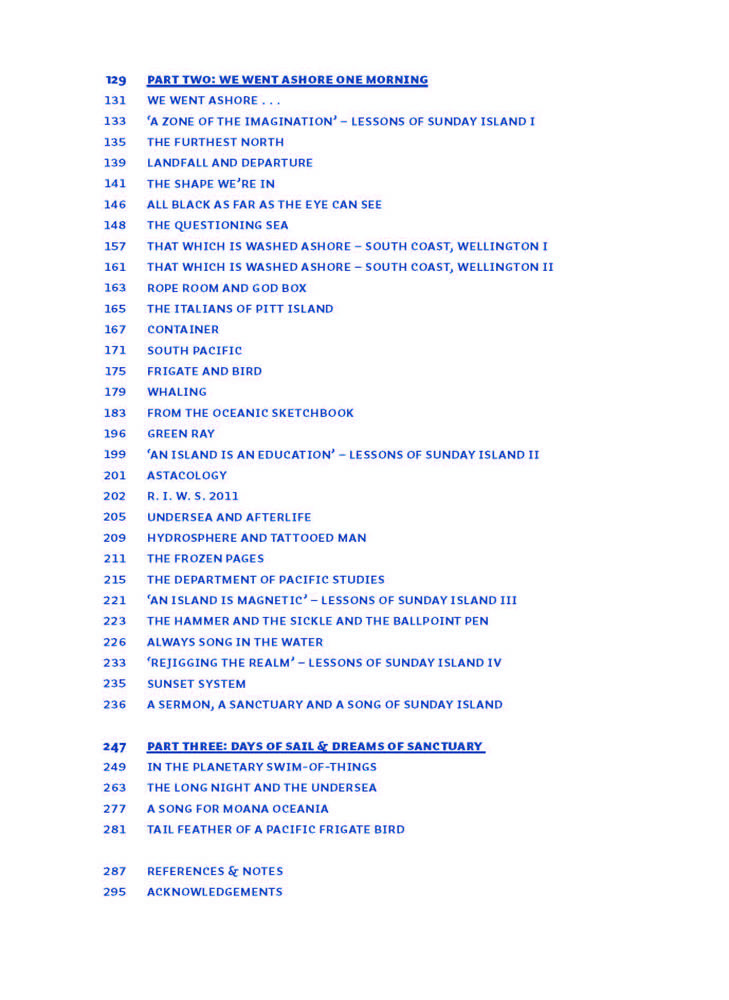
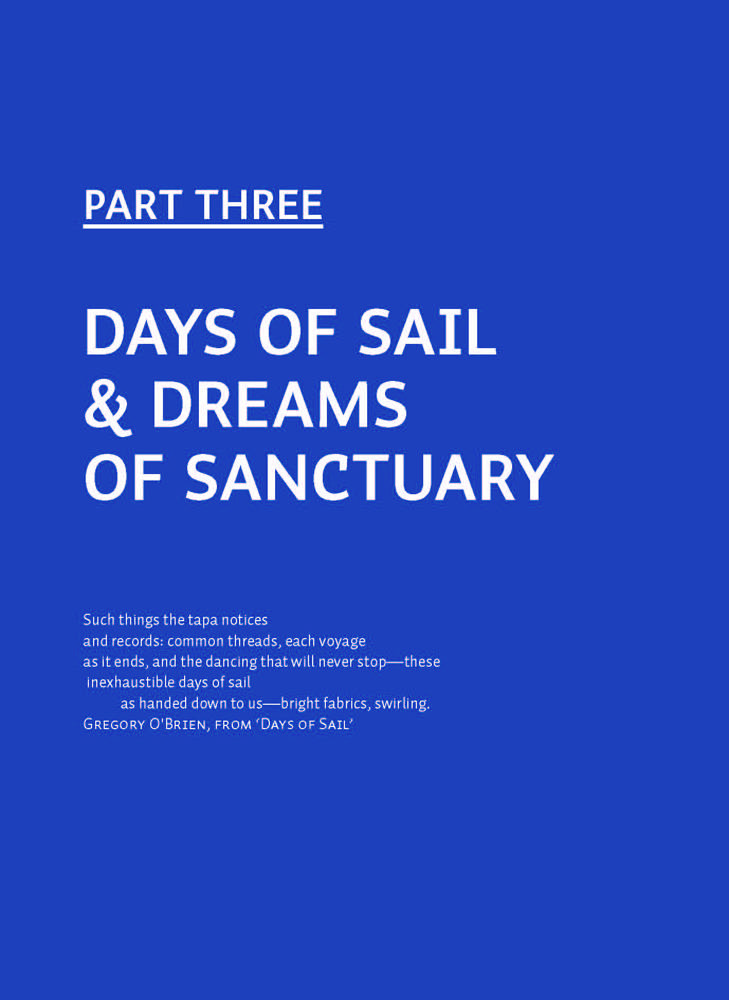
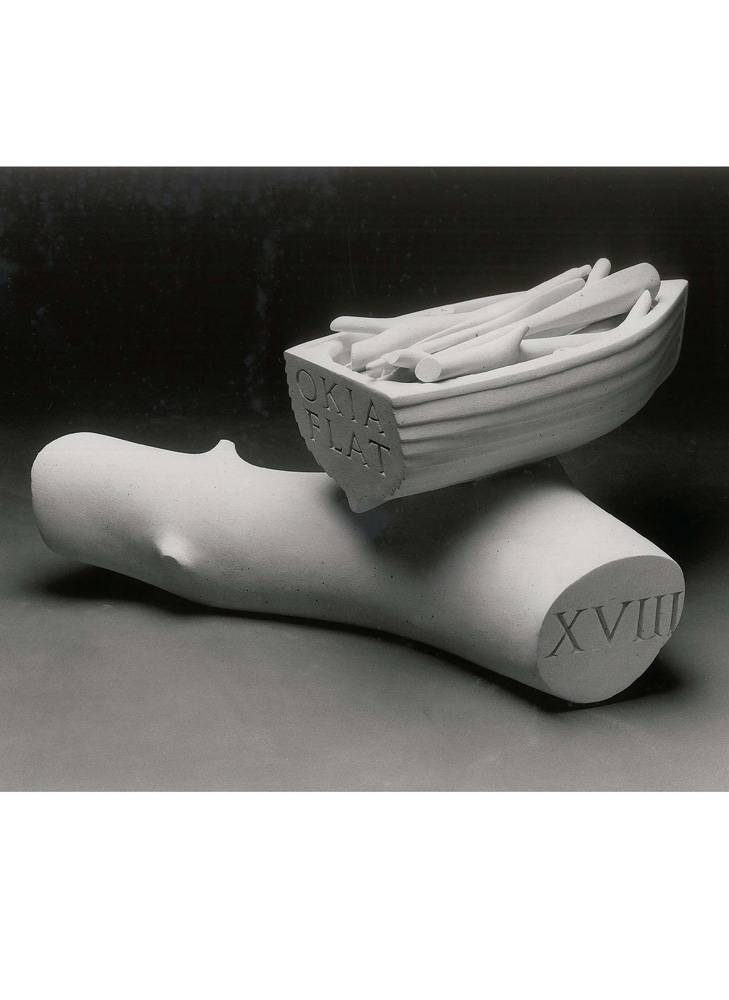
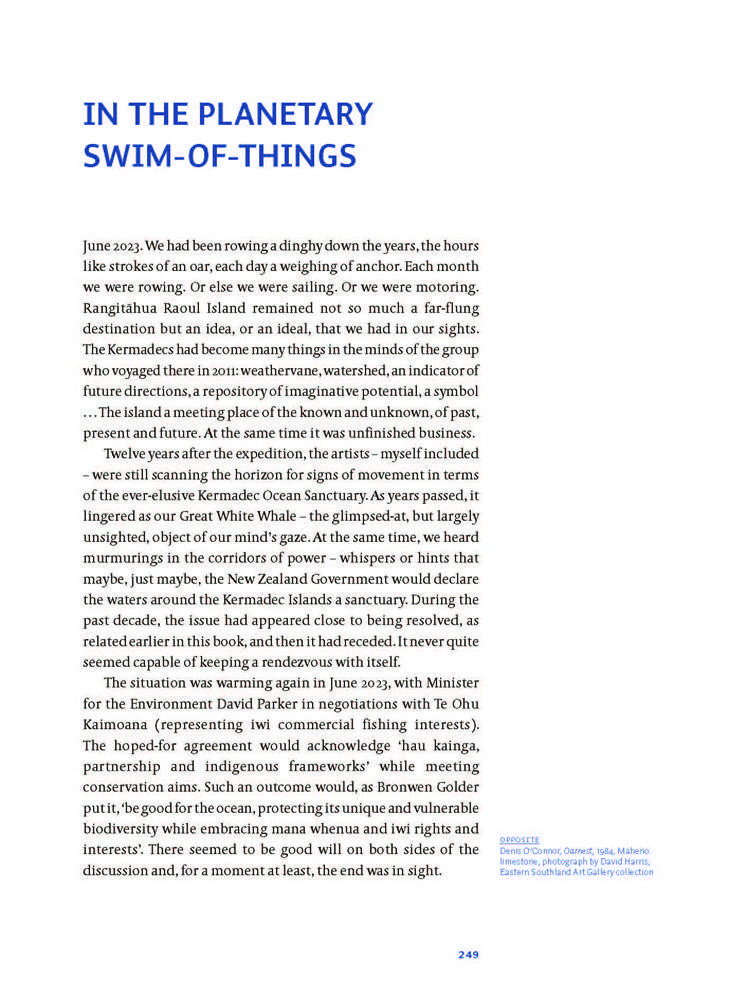
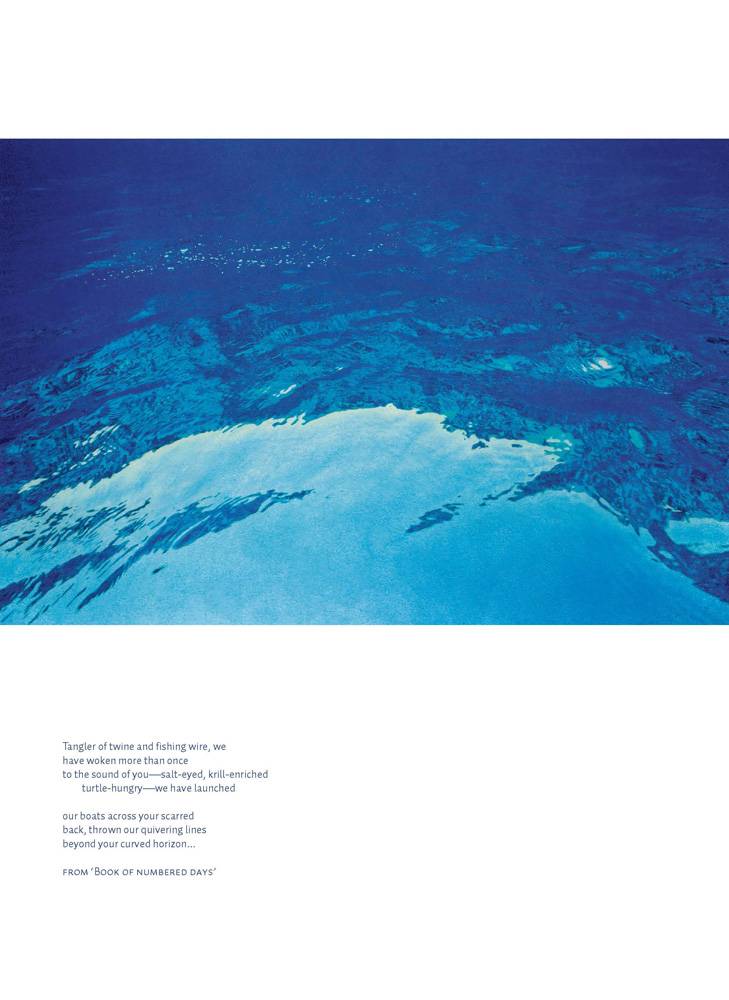
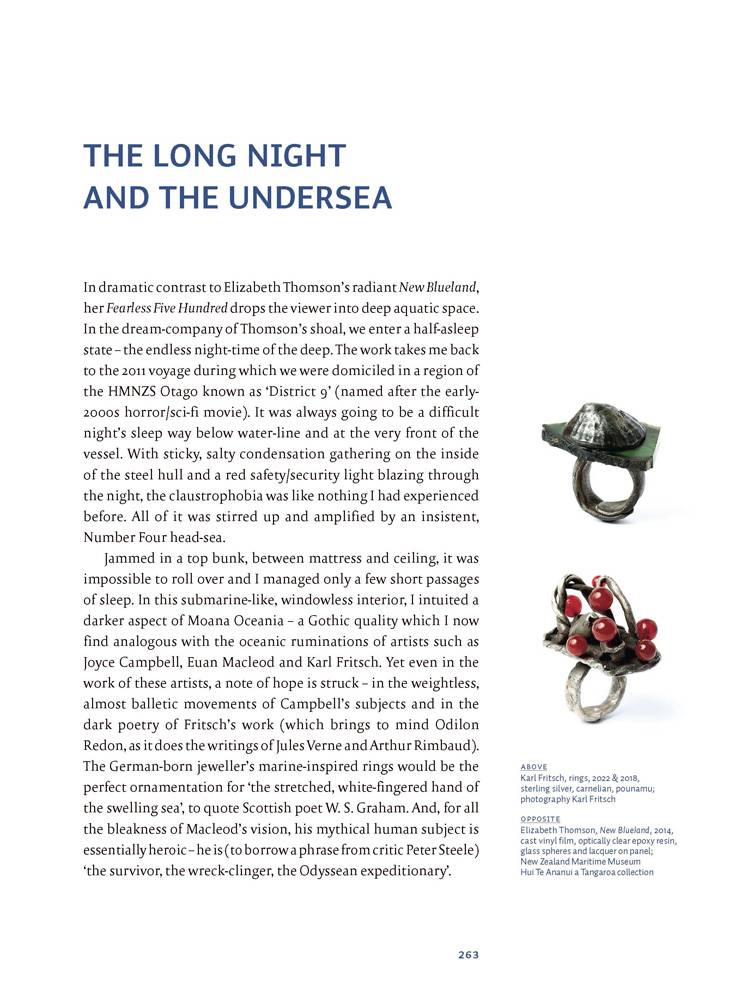
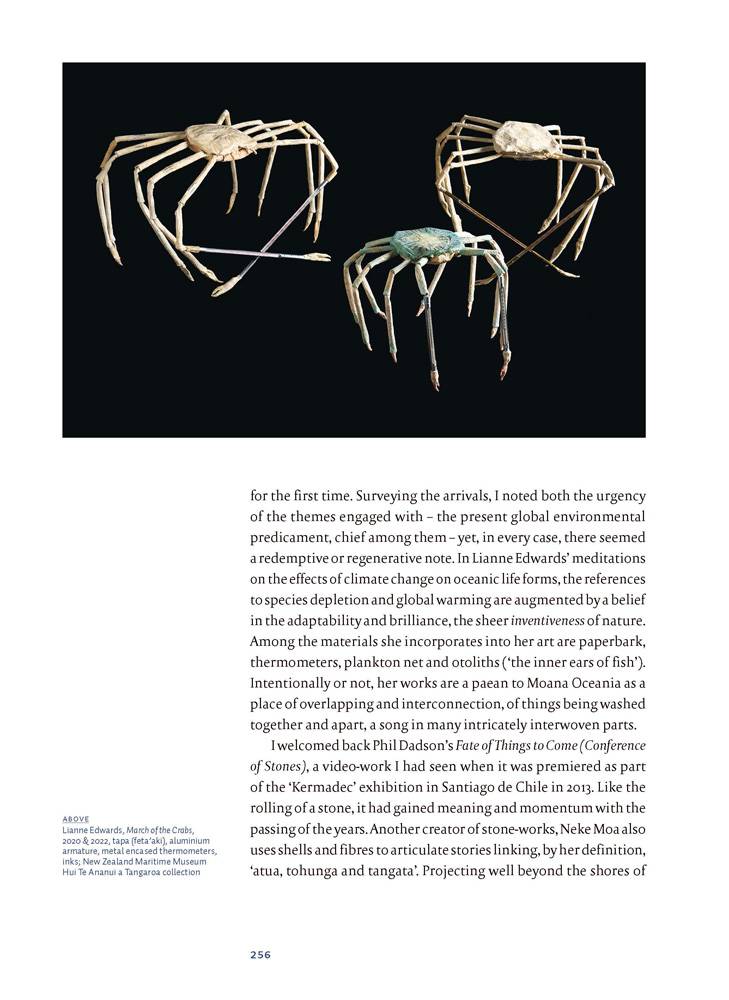
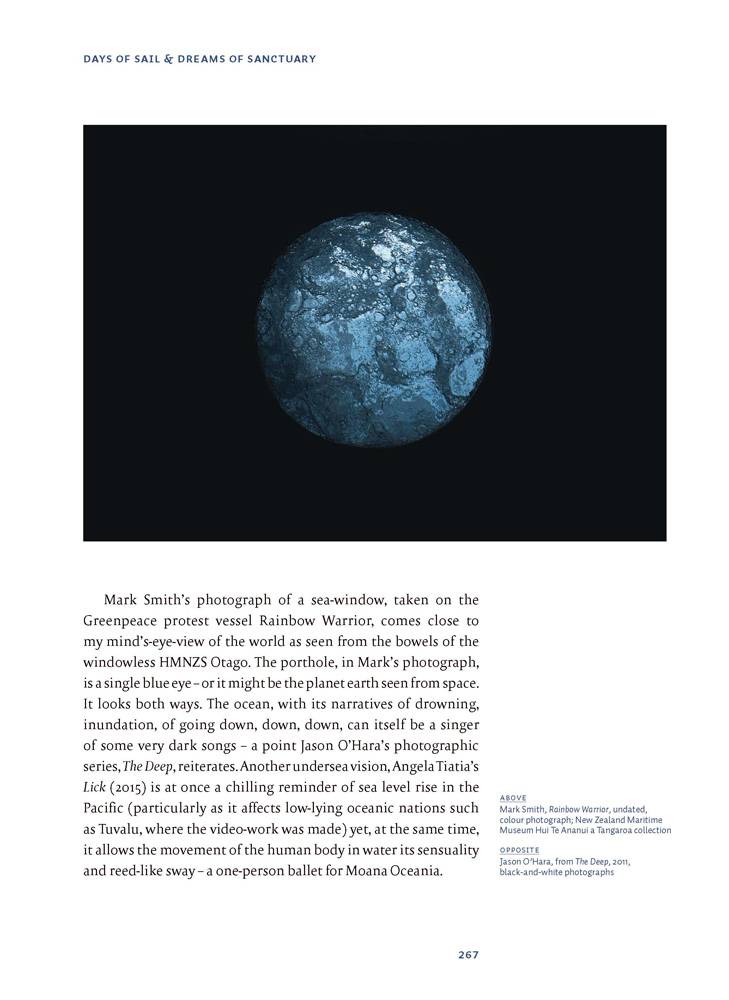
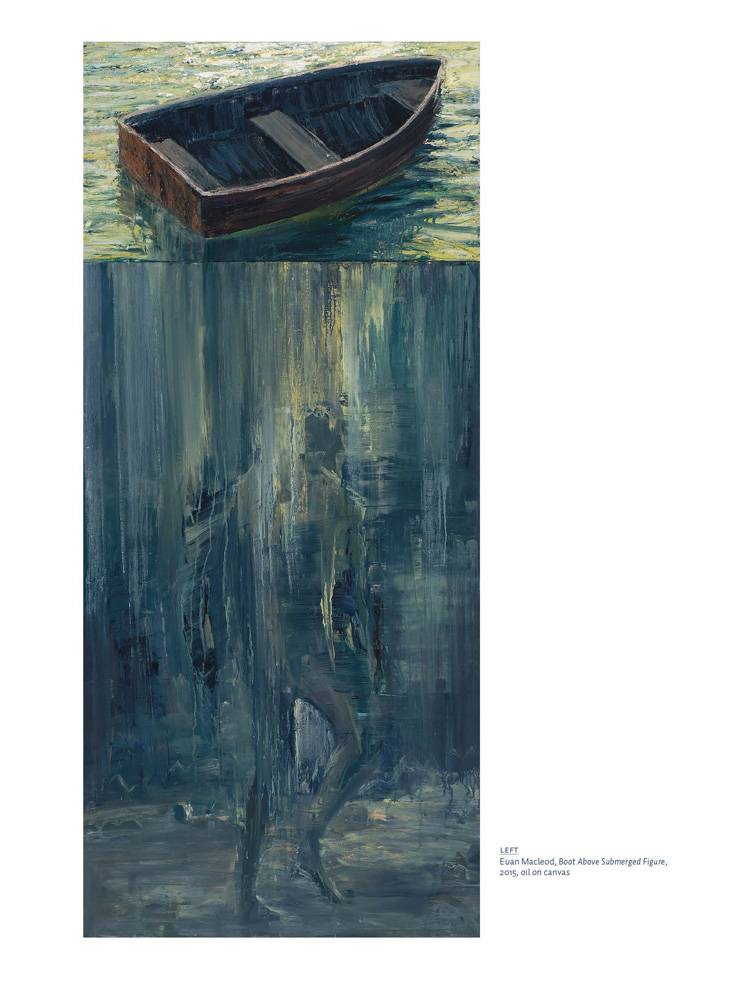
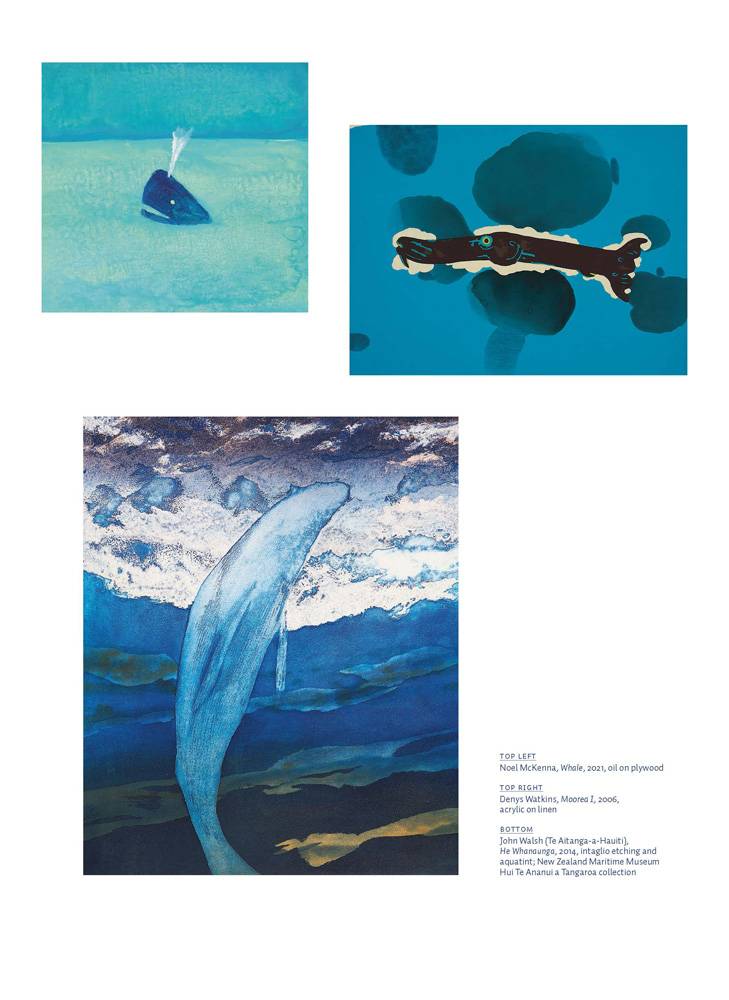
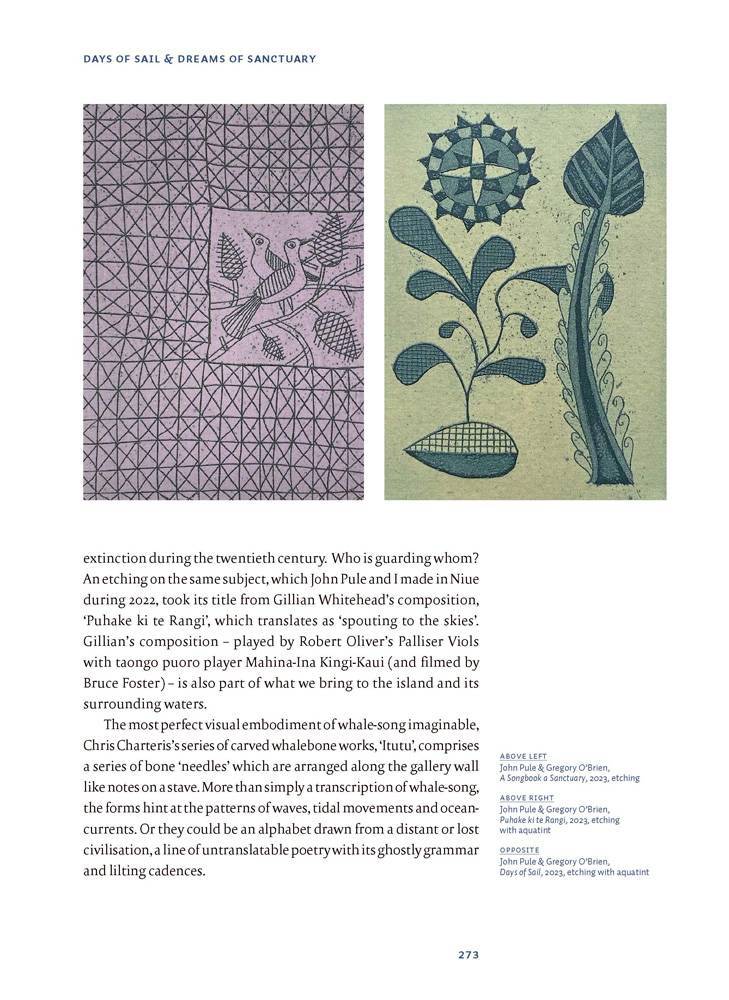
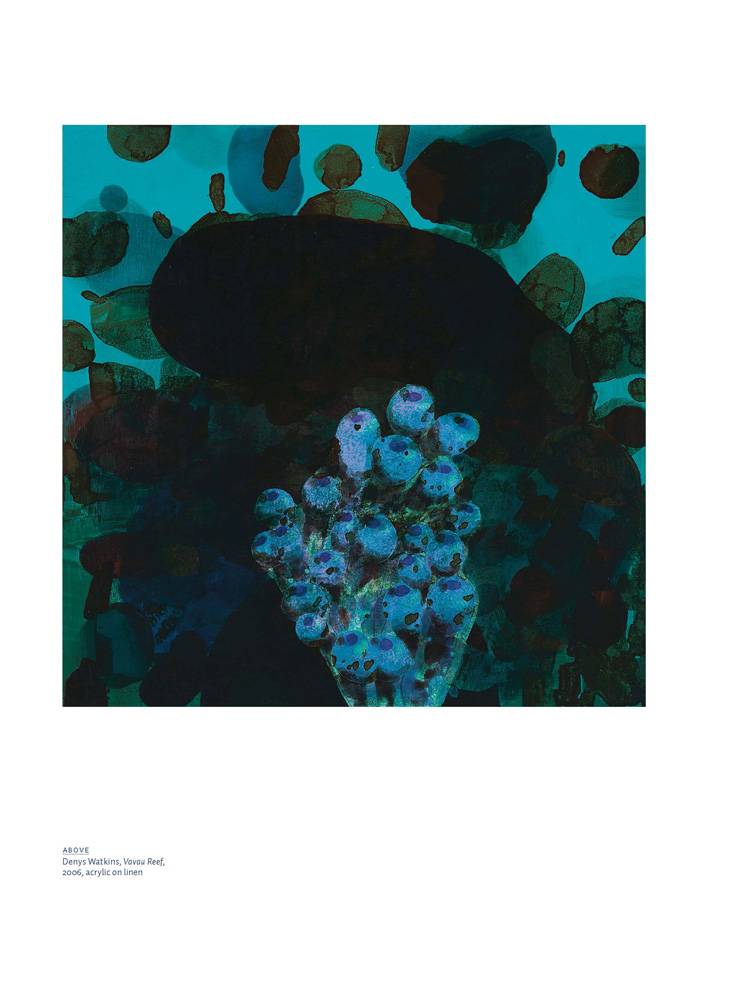
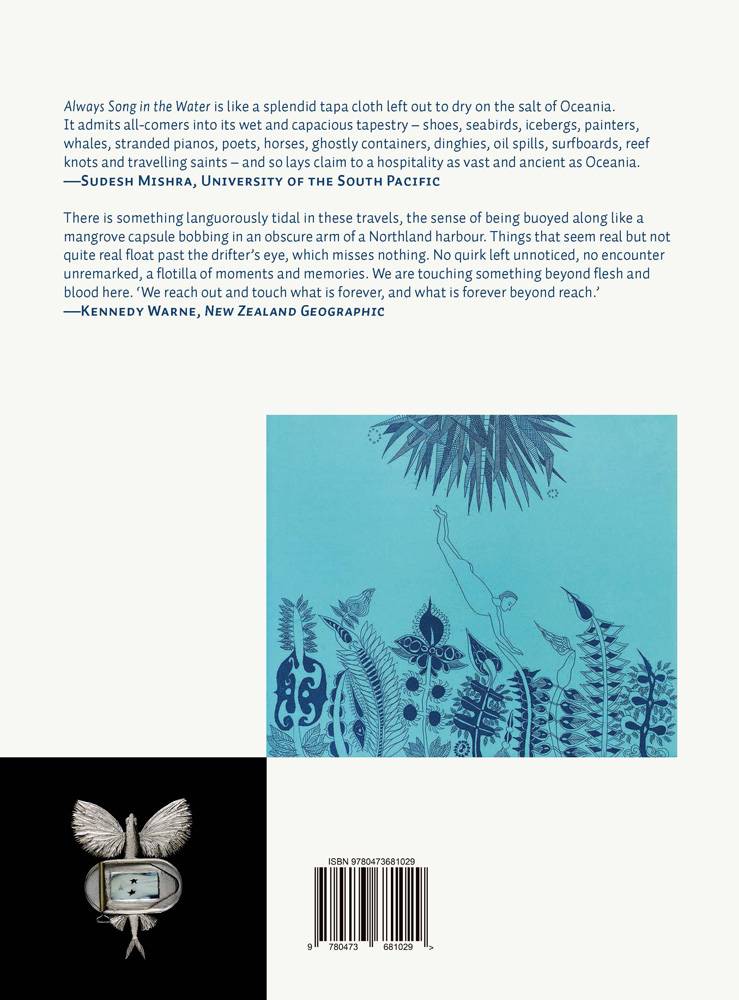
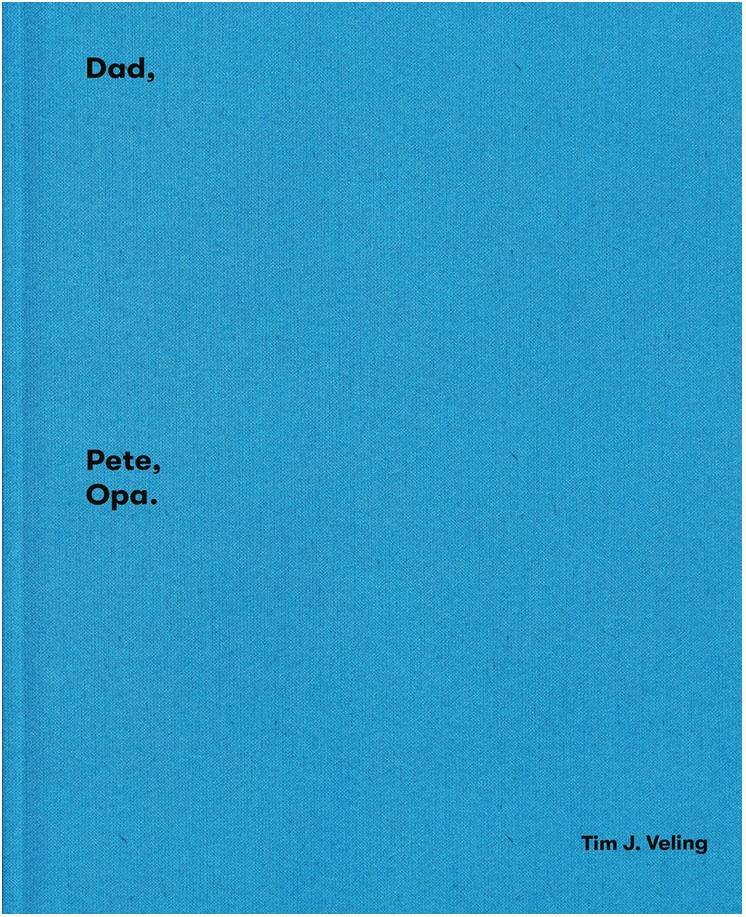
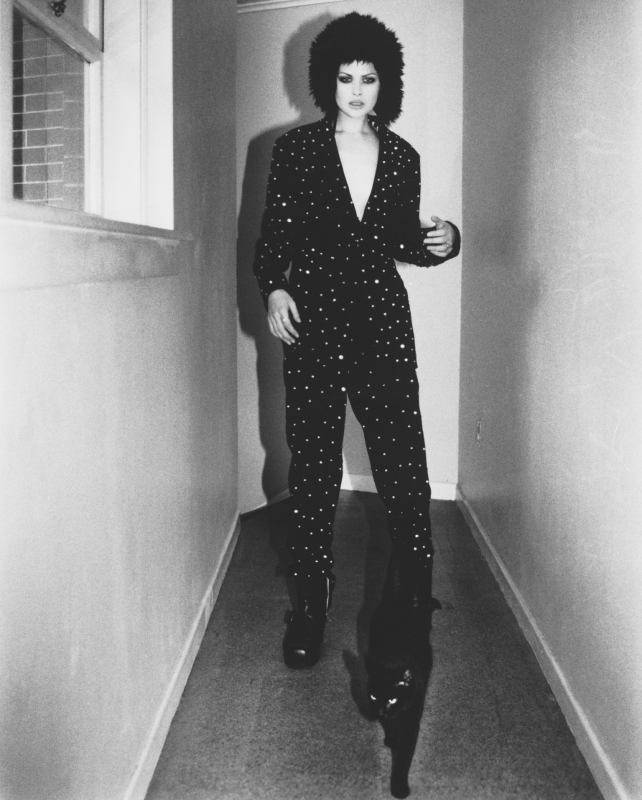 “Everything you read about Los Angeles is true. The city adapts to its own mythology. It’s such a ludicrously discussed place that I always feel slightly idiotic in my attempts to produce a serious discourse about it. Raves in the desert, however, are superb. And ecstasy is a great drug. Also, if you hadn’t heard, music sounds better when you’re high. And the desert surrounding LA is wondrous.” — Giovanni Intra, LA Politics
“Everything you read about Los Angeles is true. The city adapts to its own mythology. It’s such a ludicrously discussed place that I always feel slightly idiotic in my attempts to produce a serious discourse about it. Raves in the desert, however, are superb. And ecstasy is a great drug. Also, if you hadn’t heard, music sounds better when you’re high. And the desert surrounding LA is wondrous.” — Giovanni Intra, LA Politics